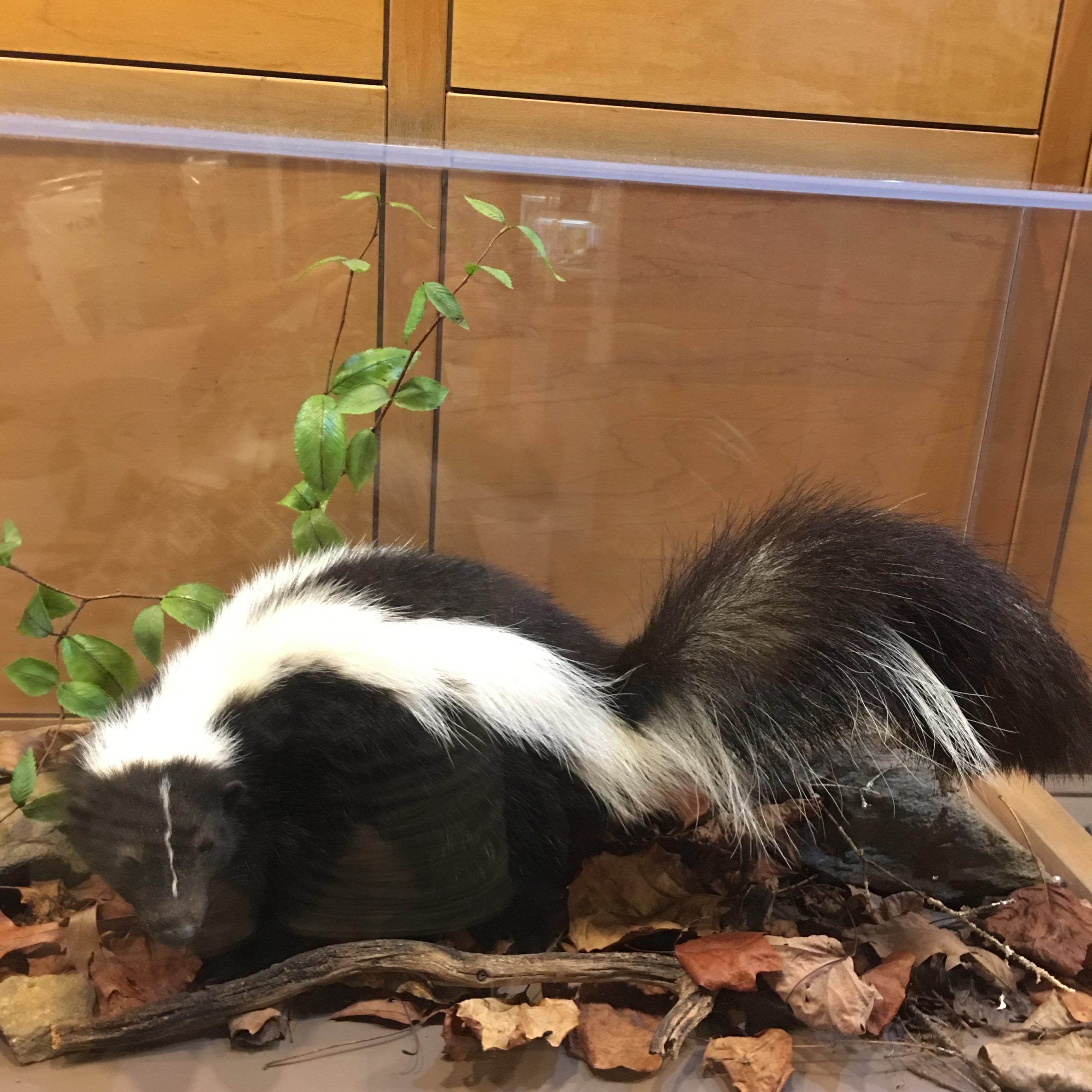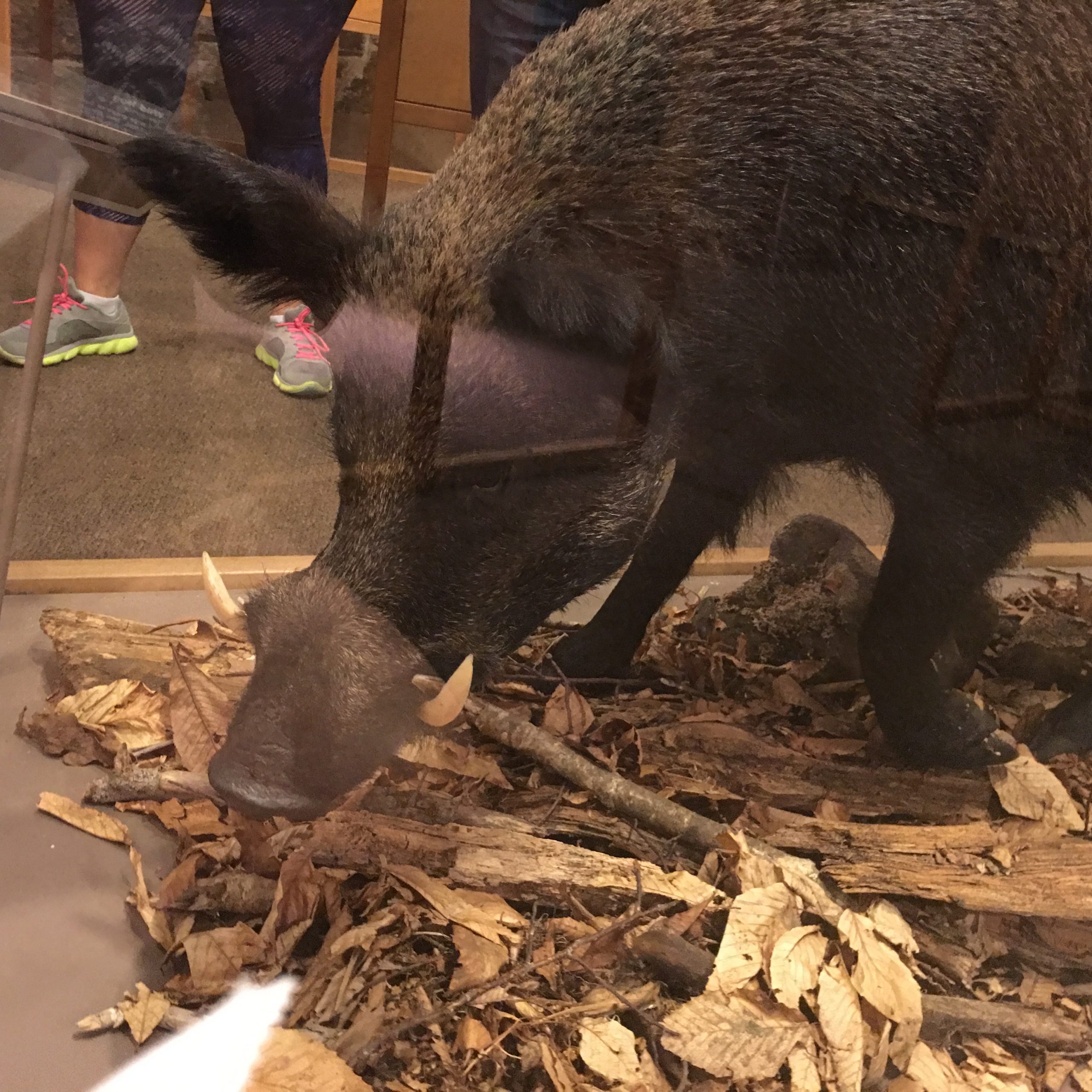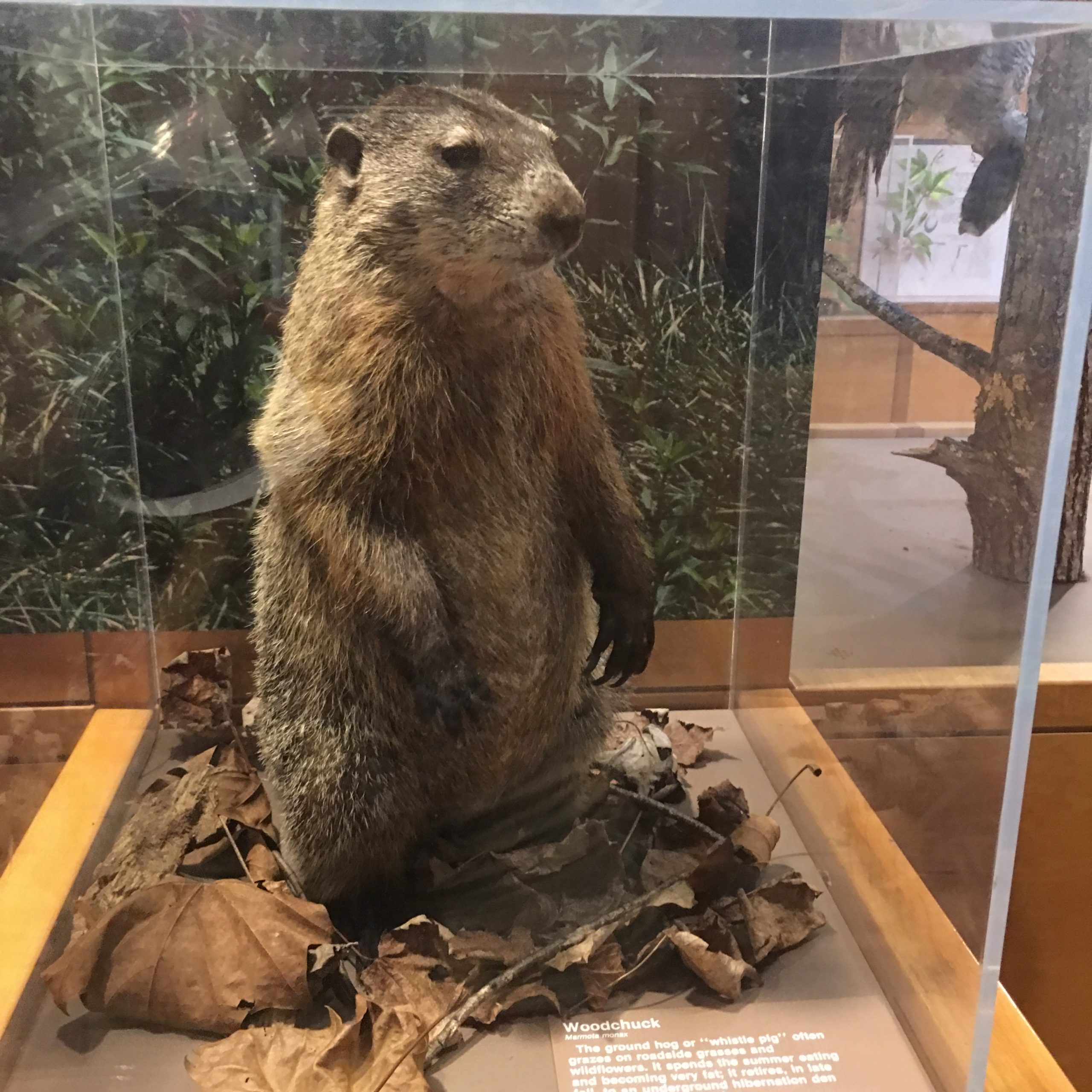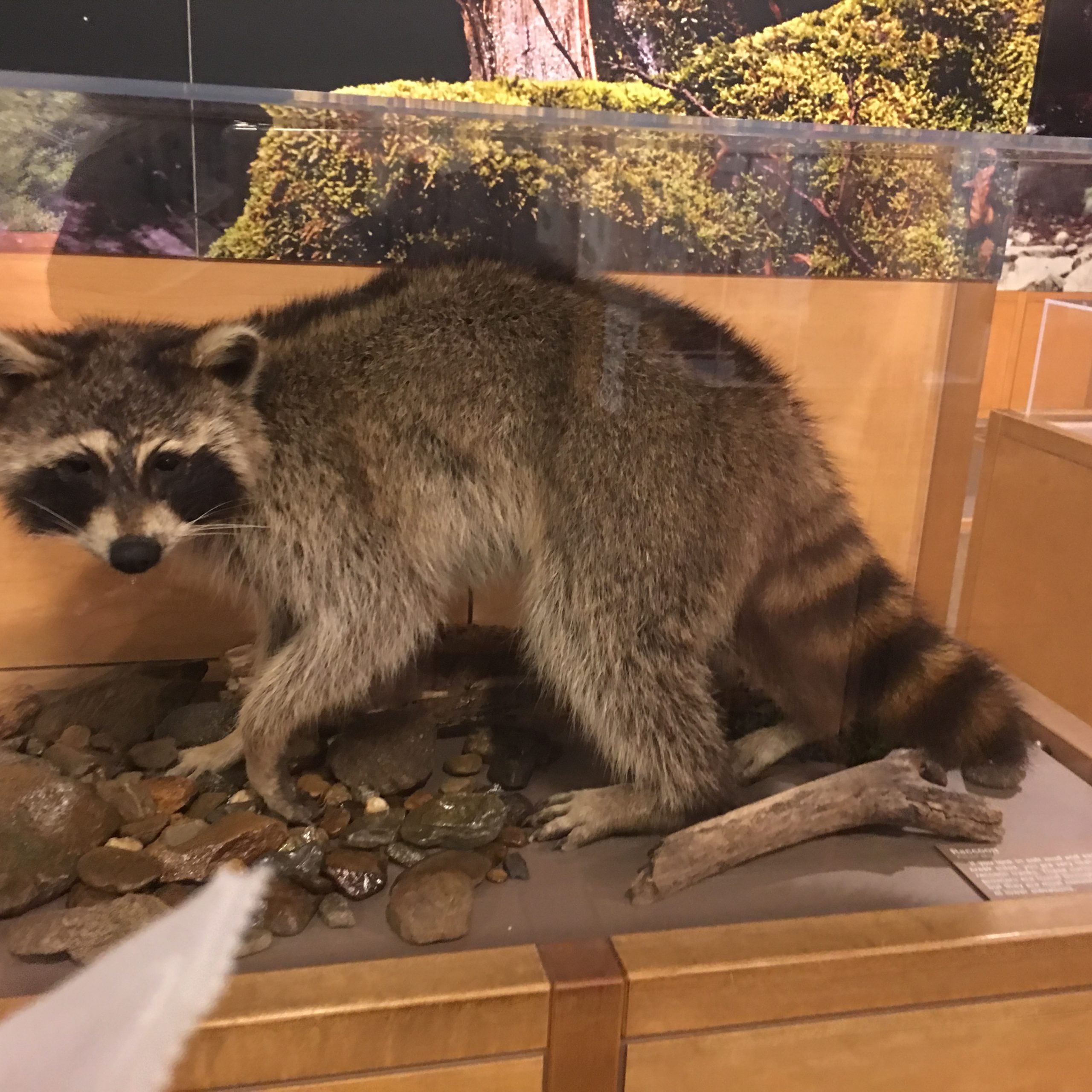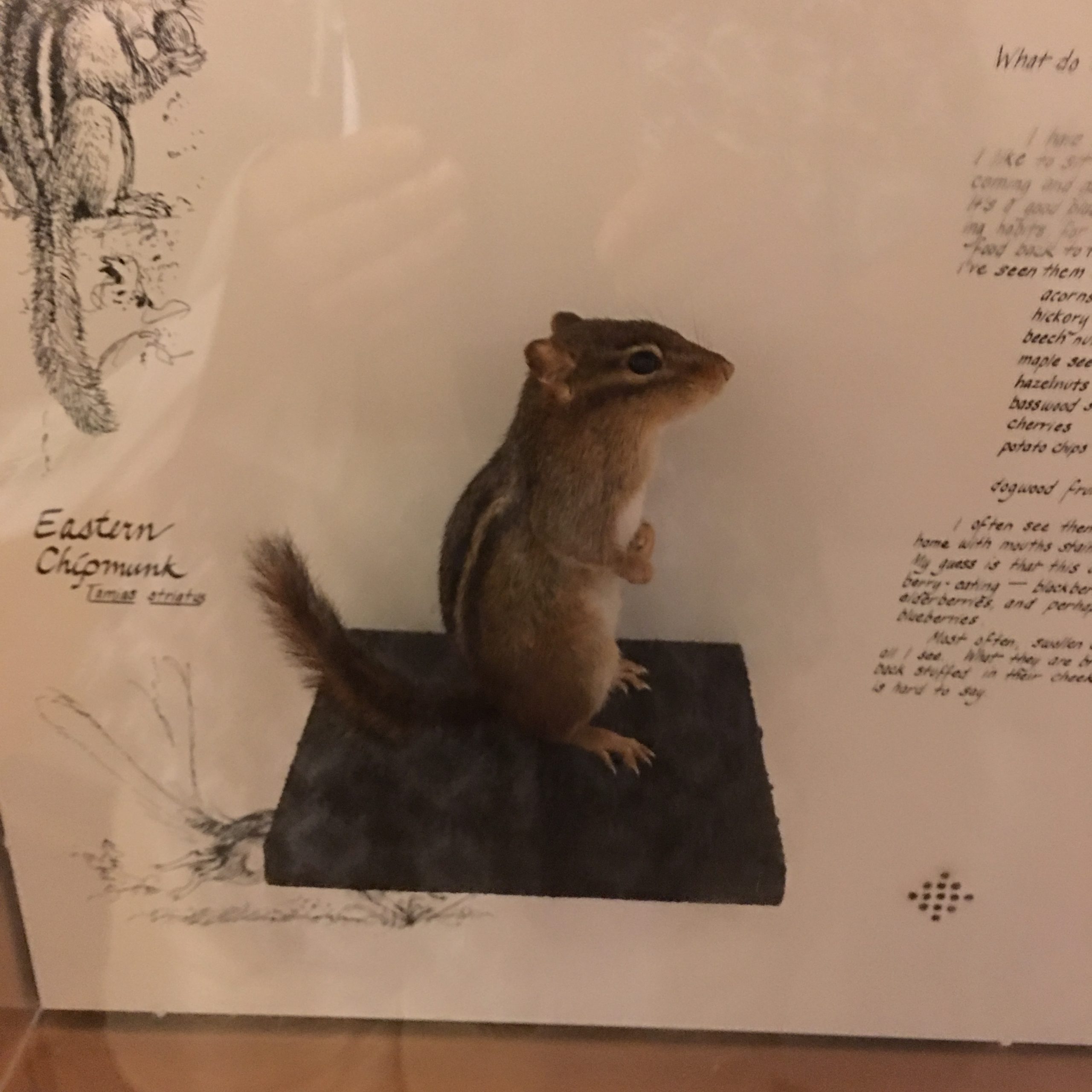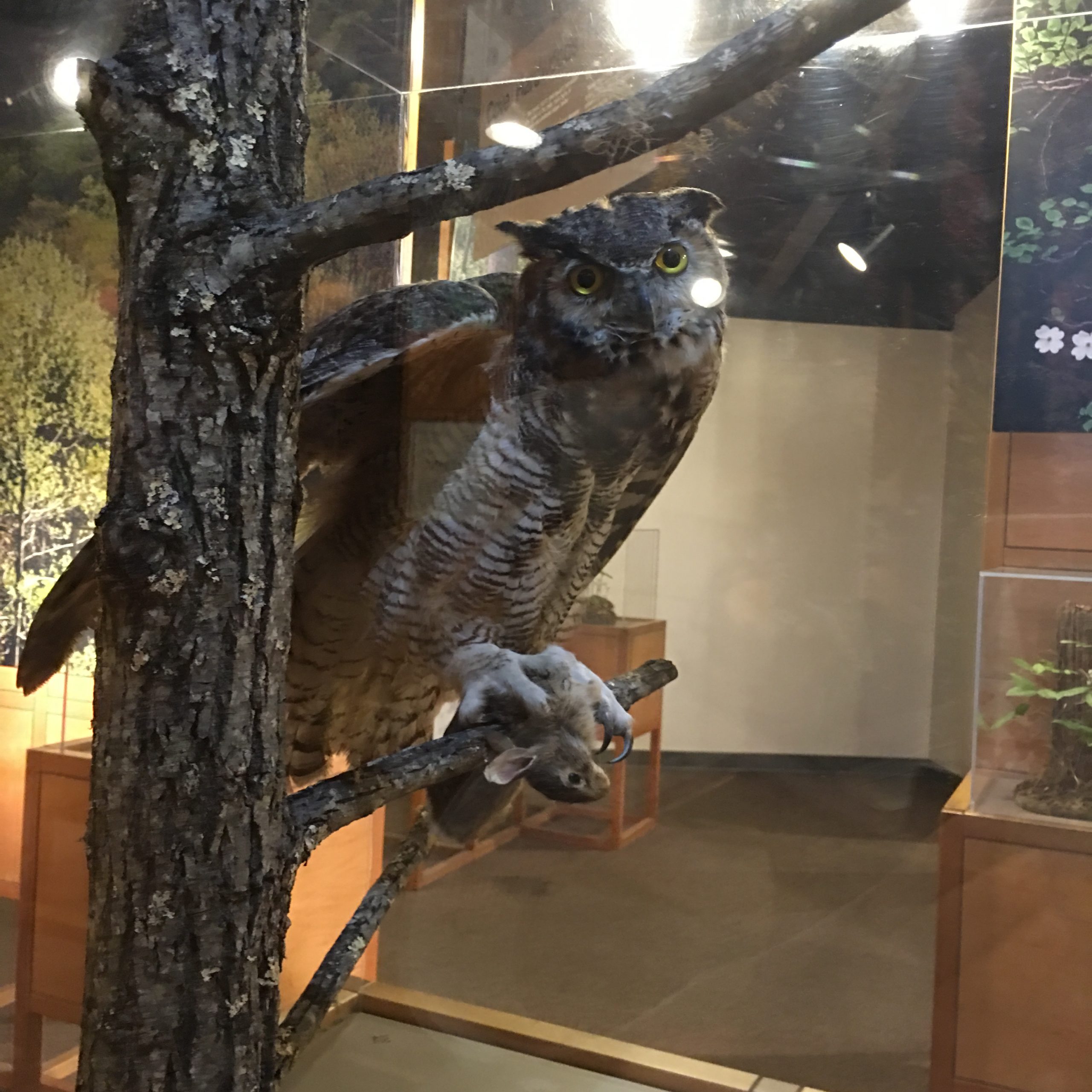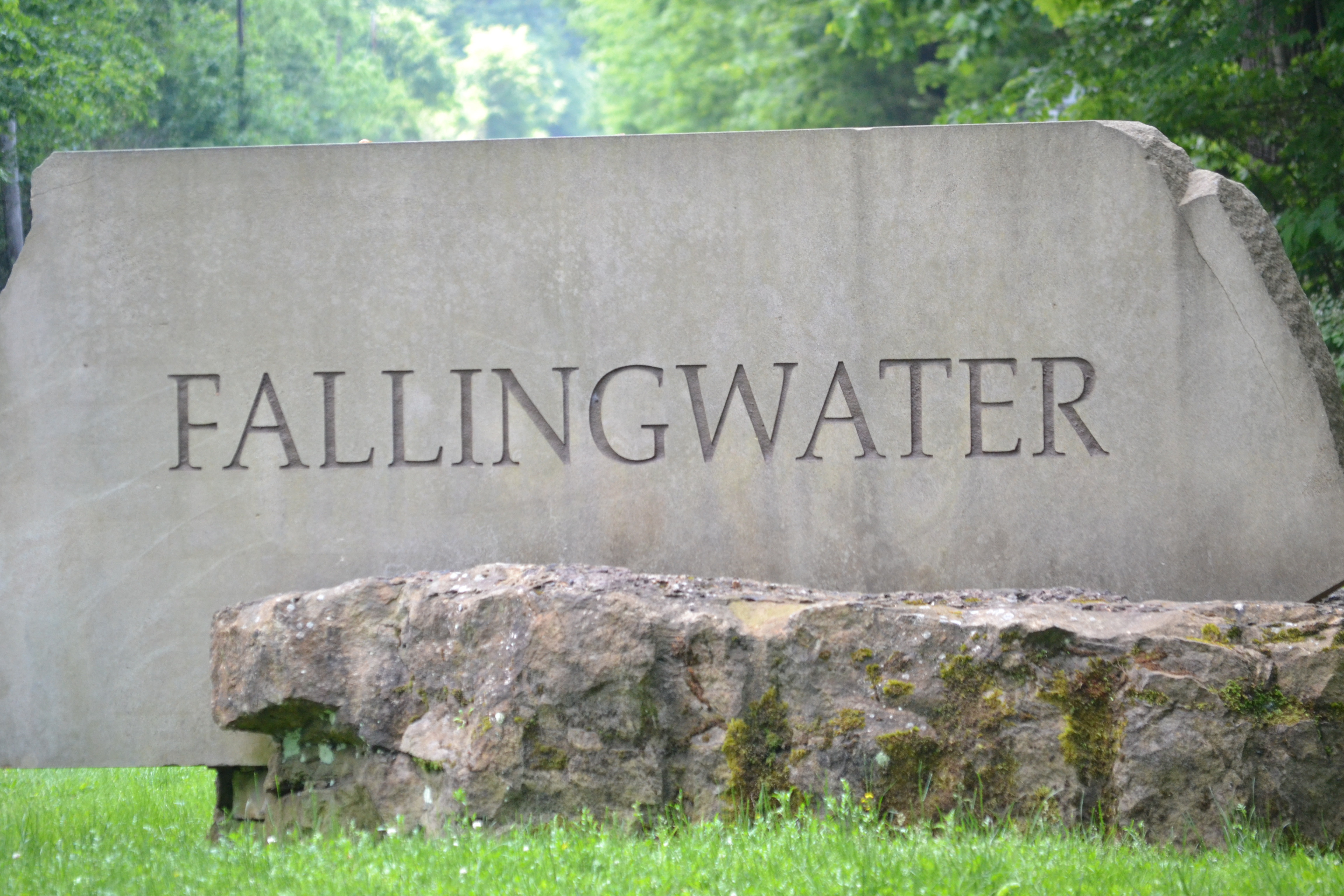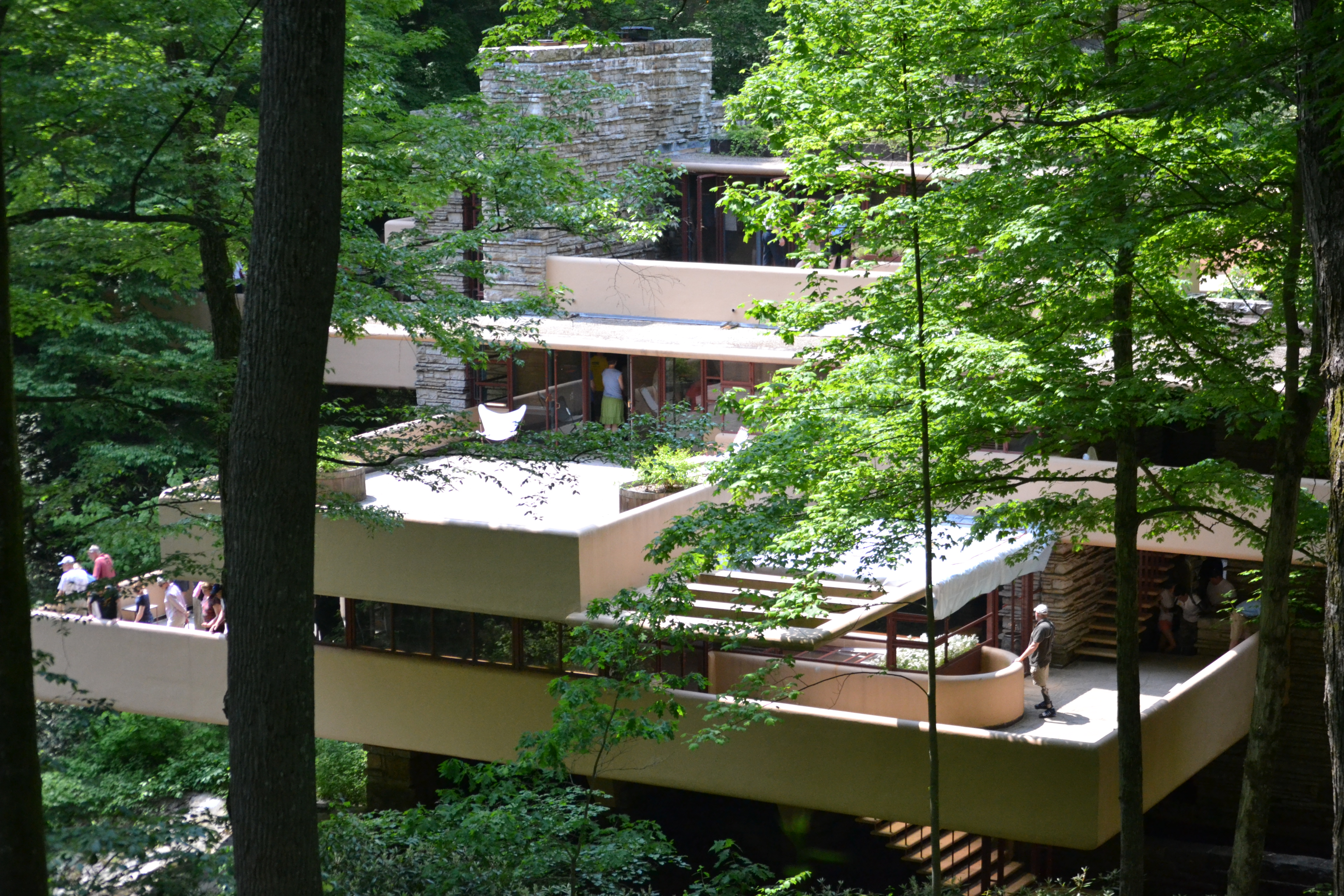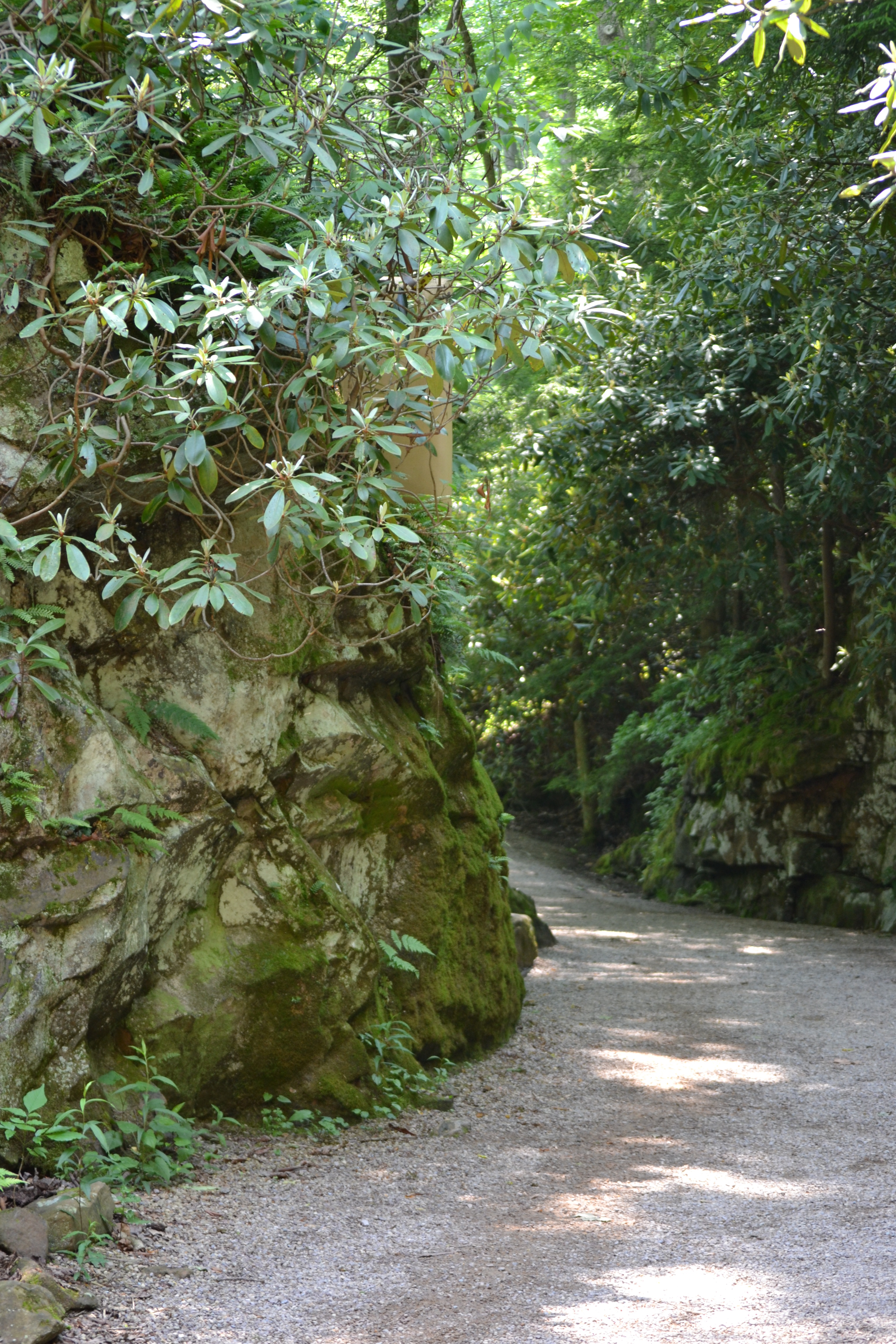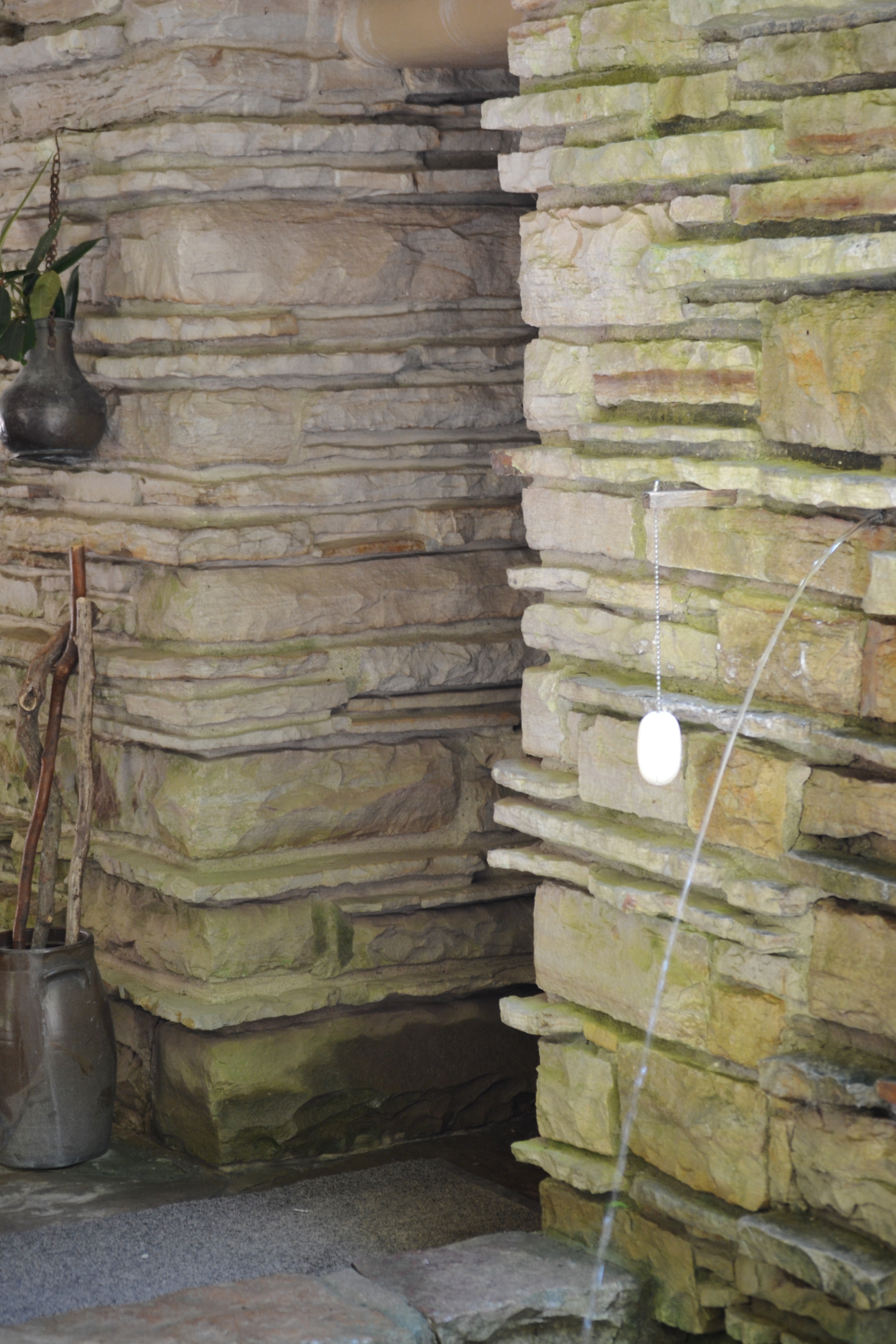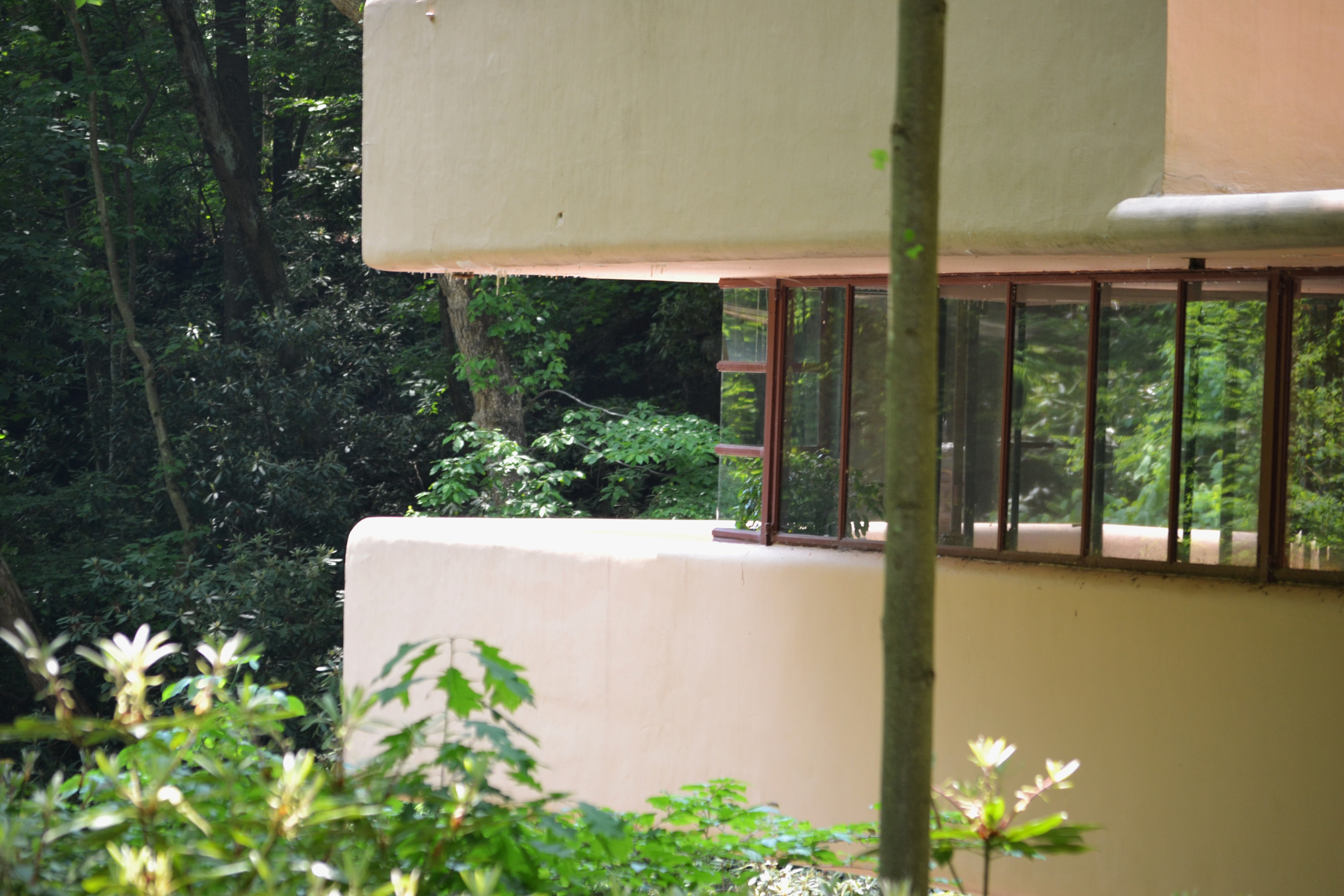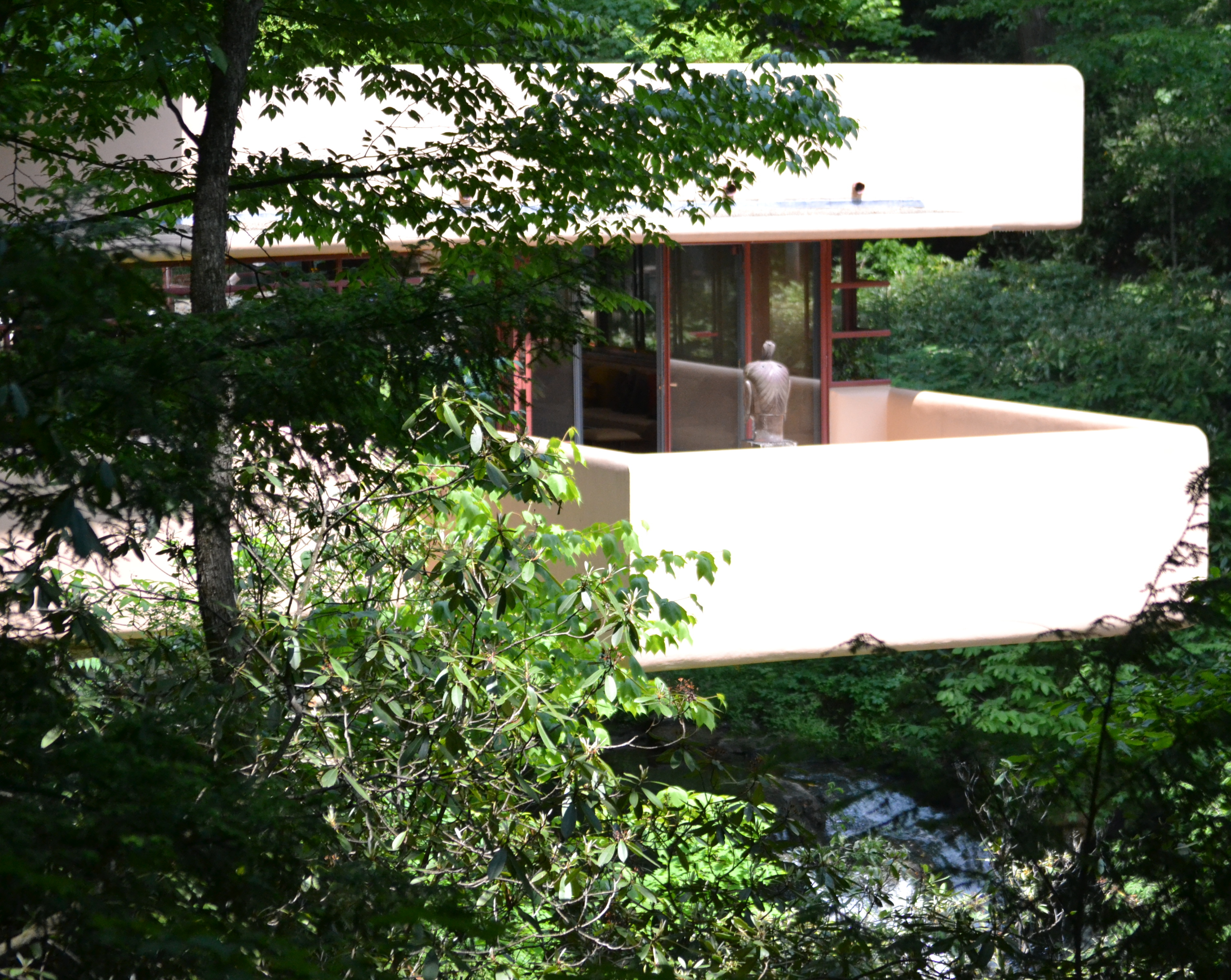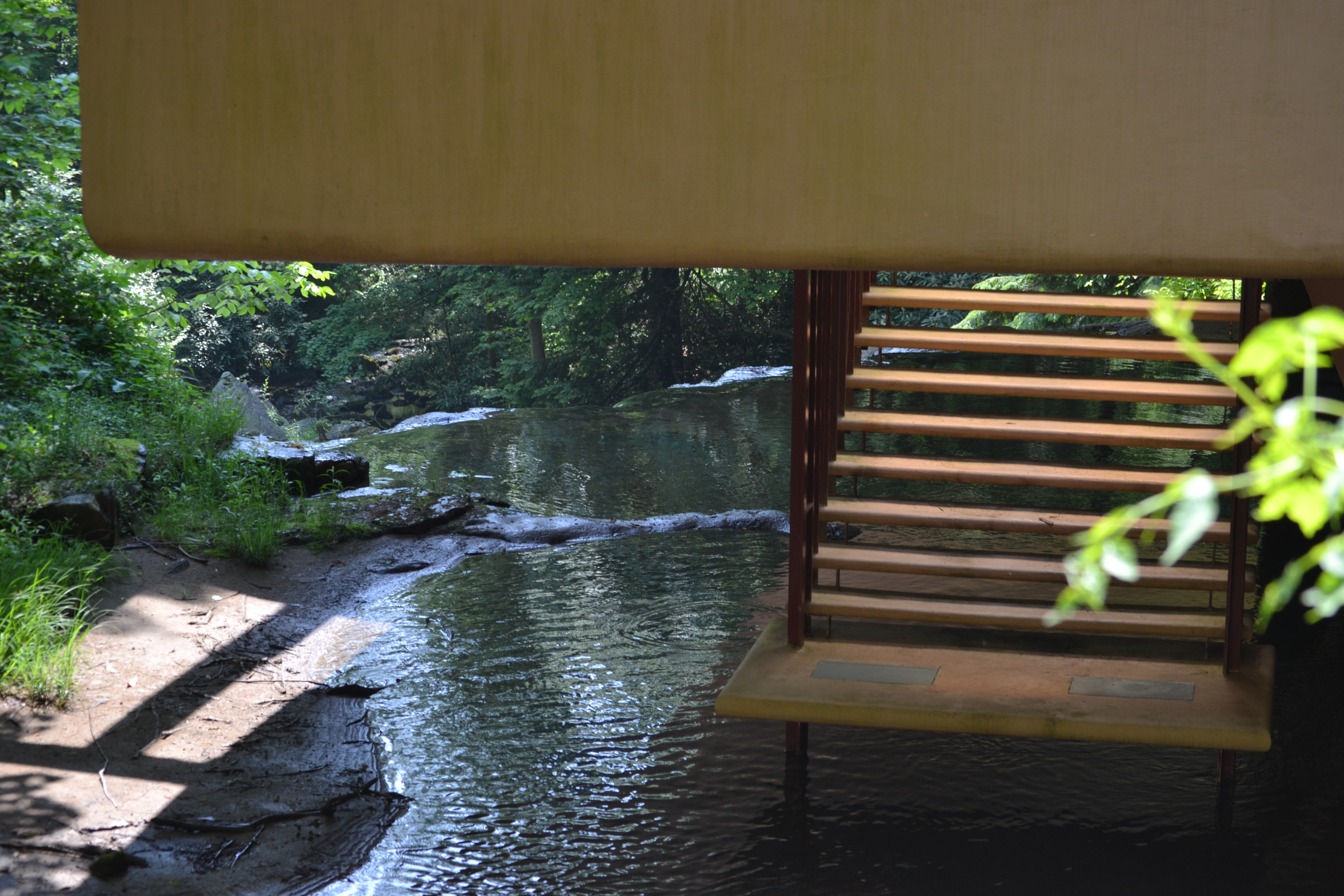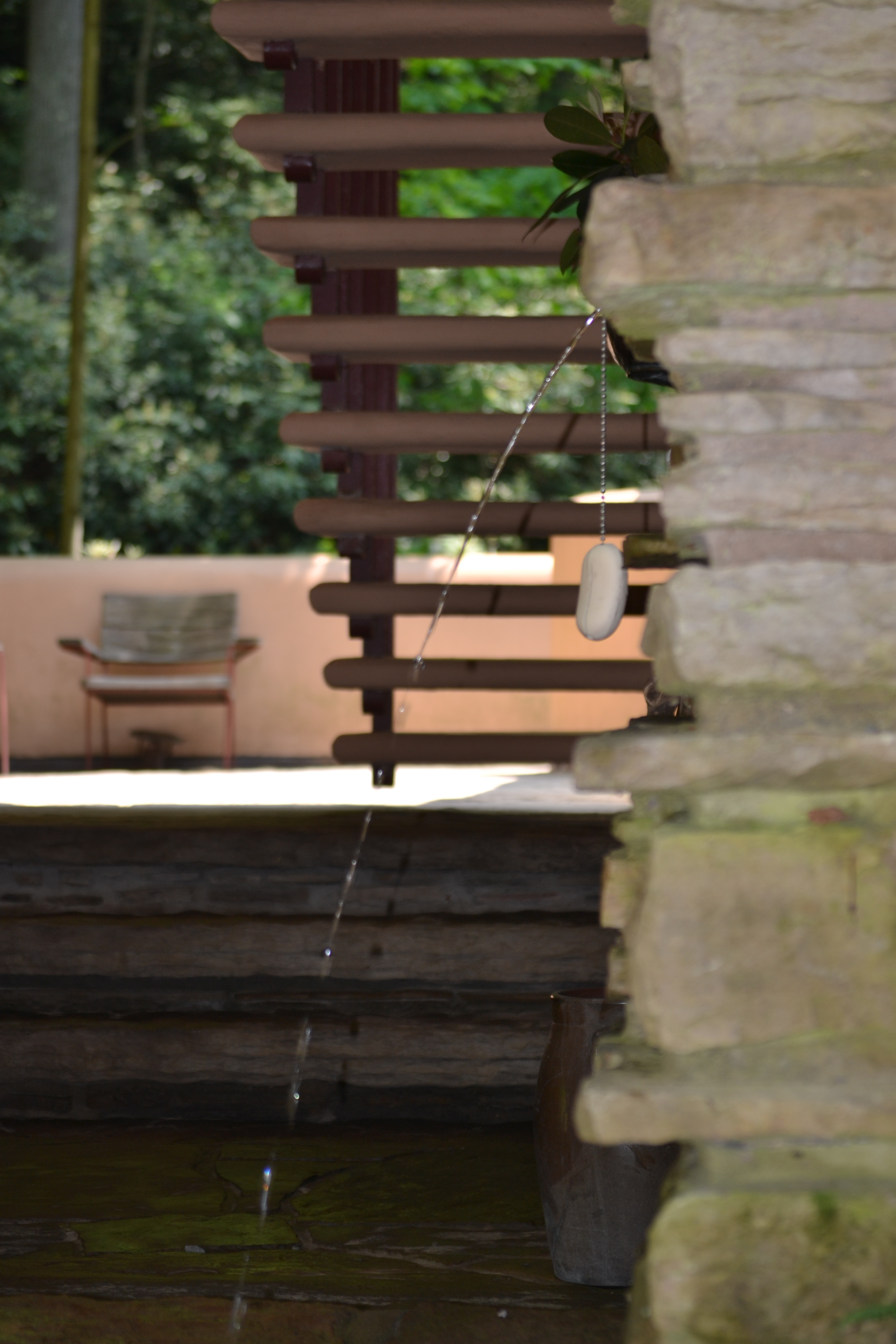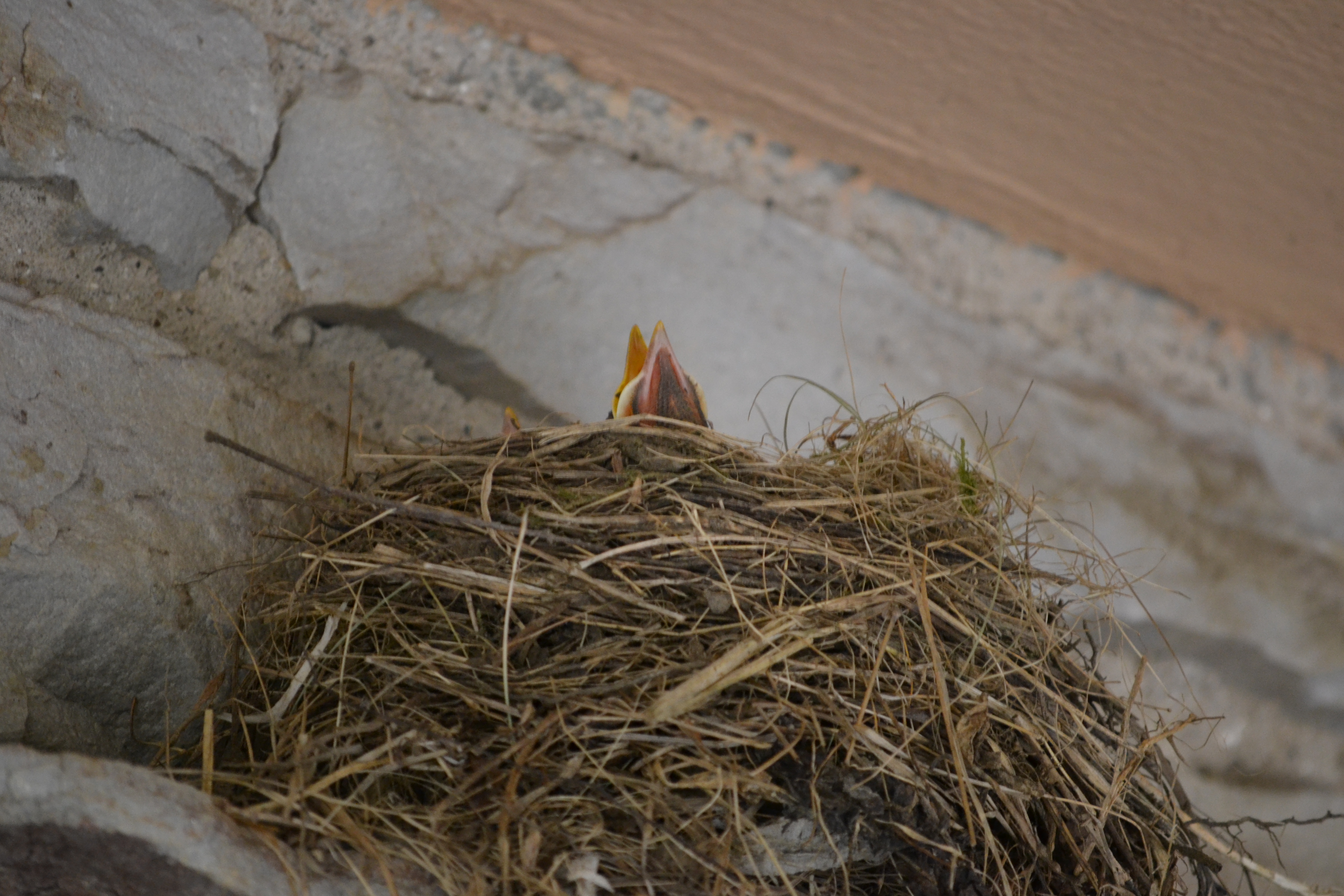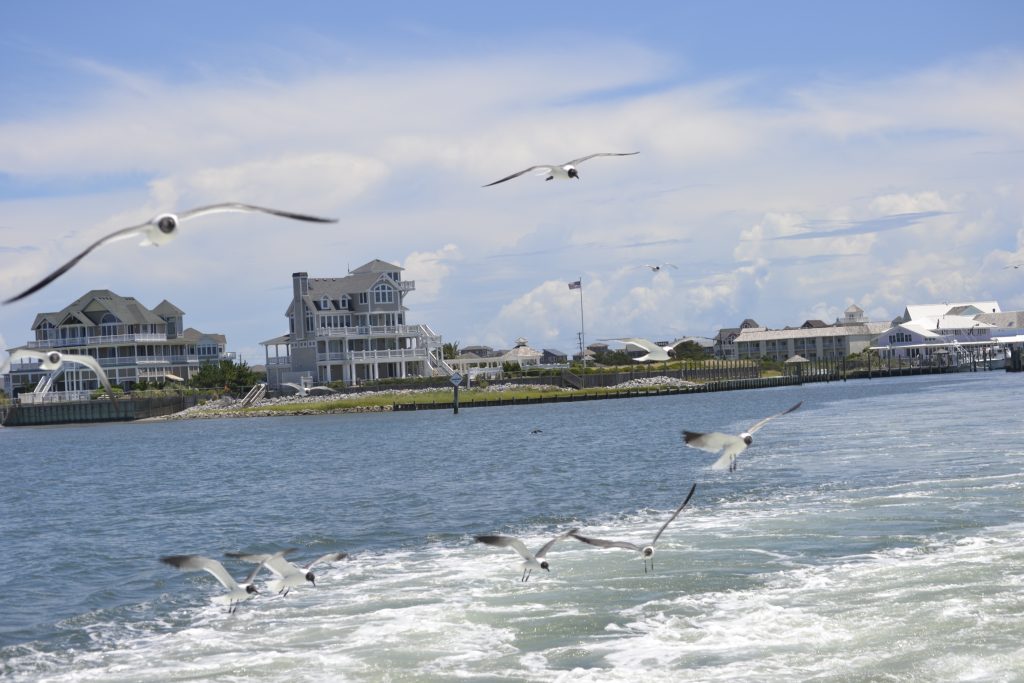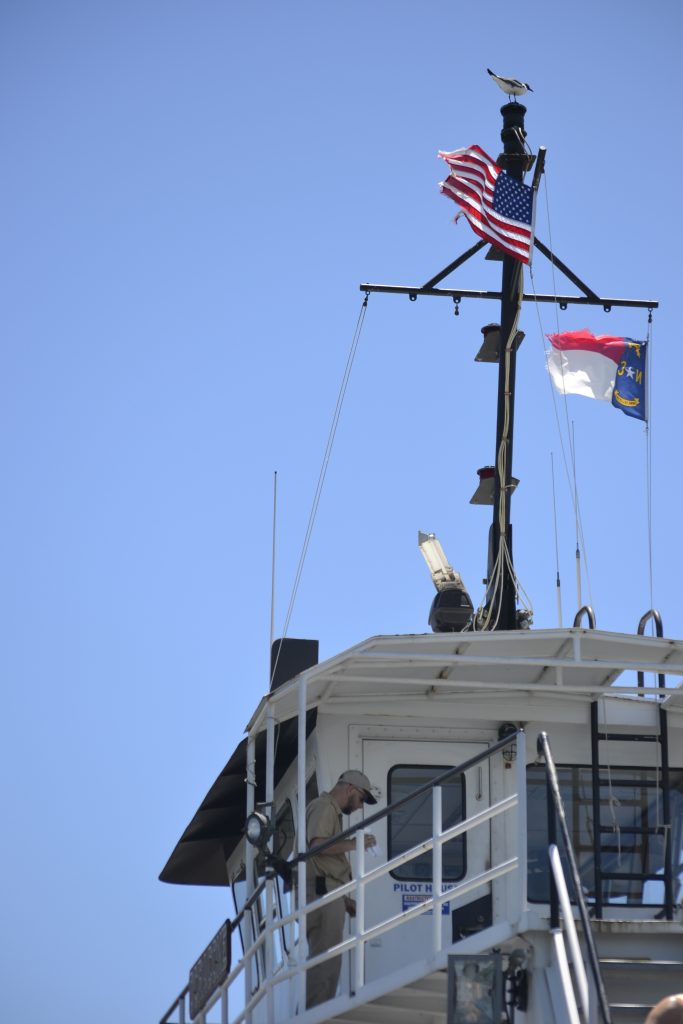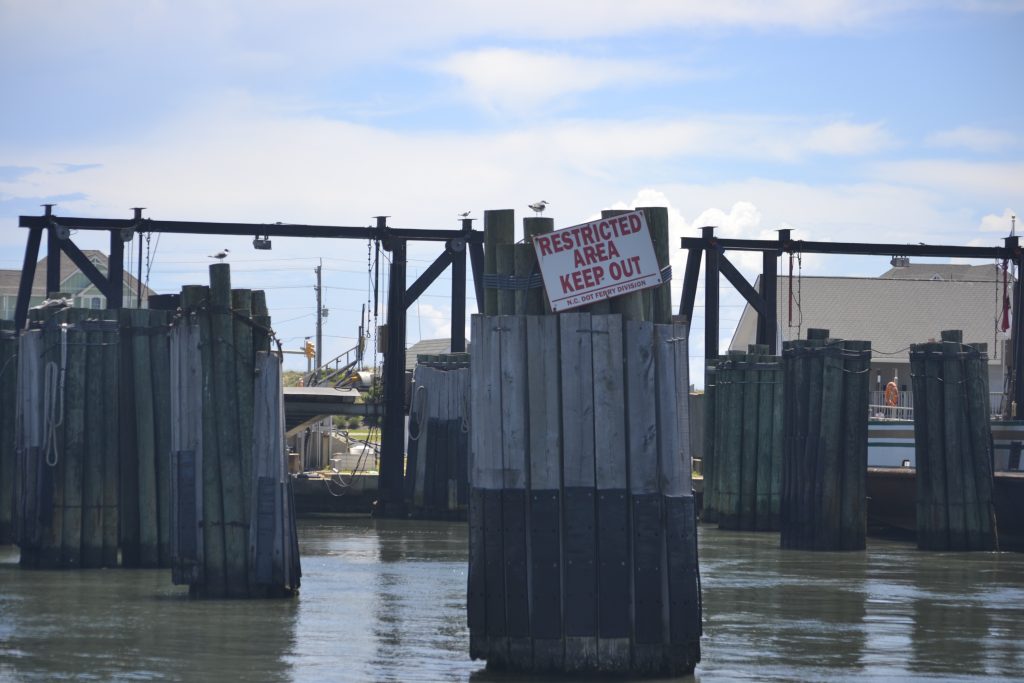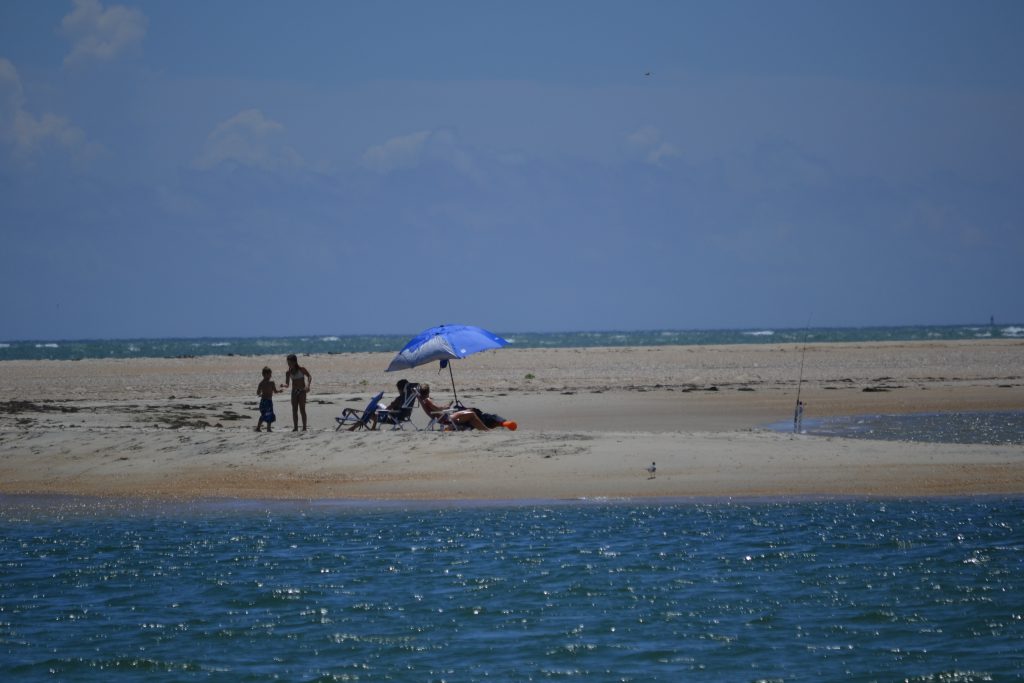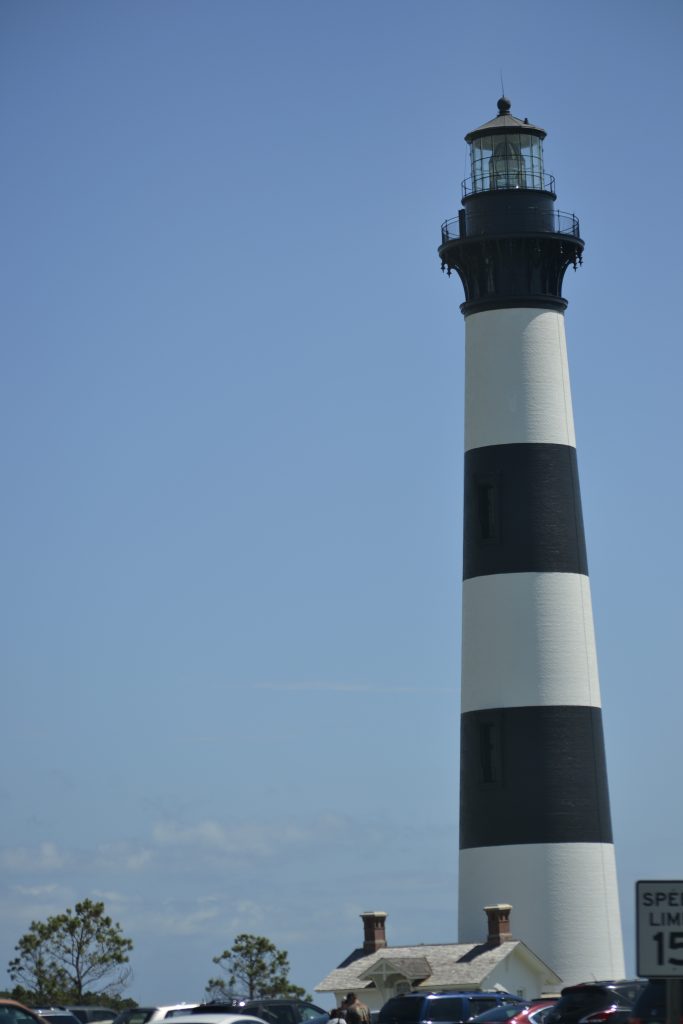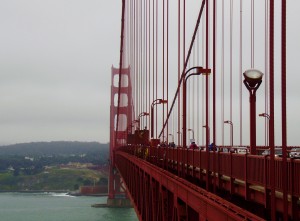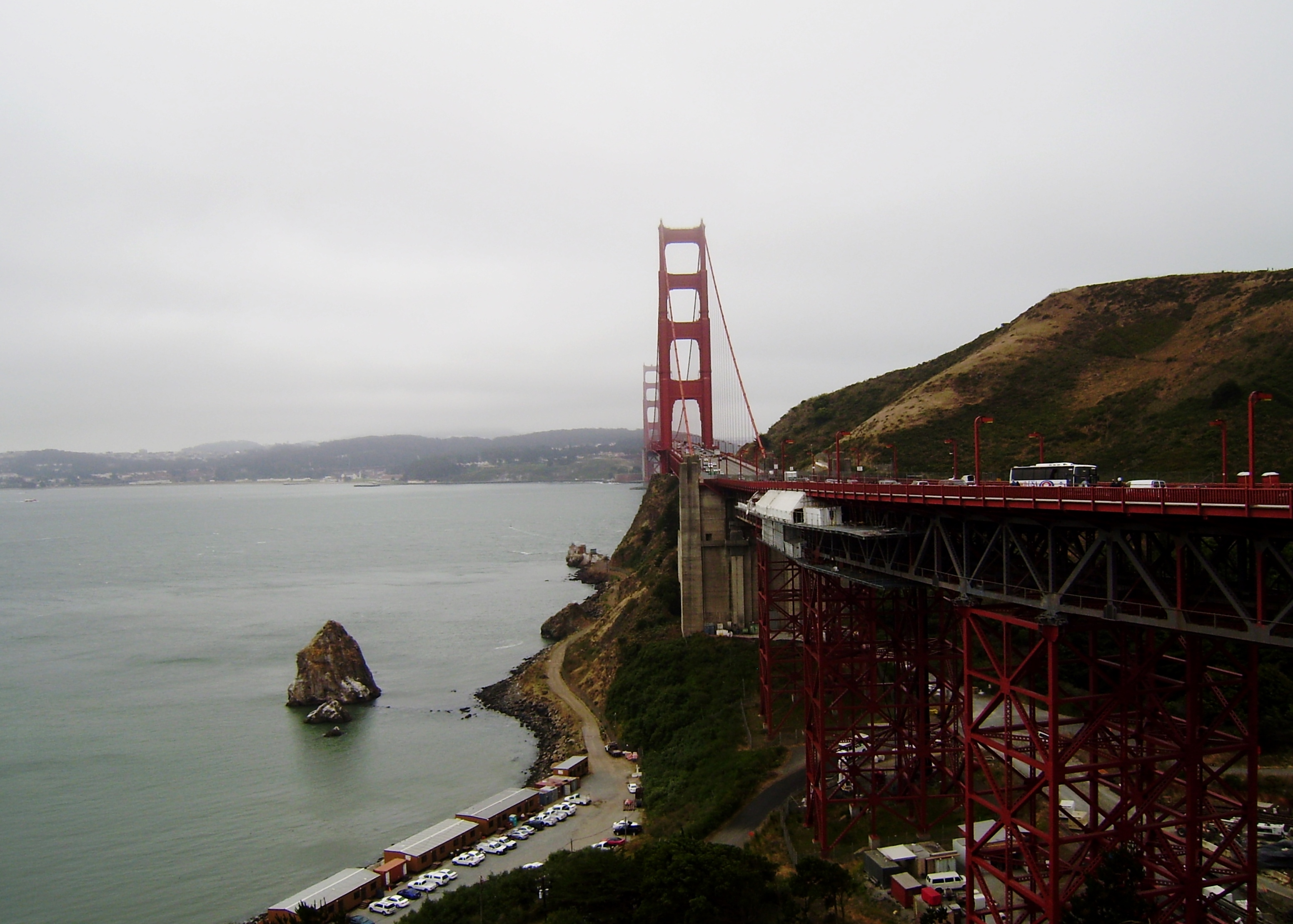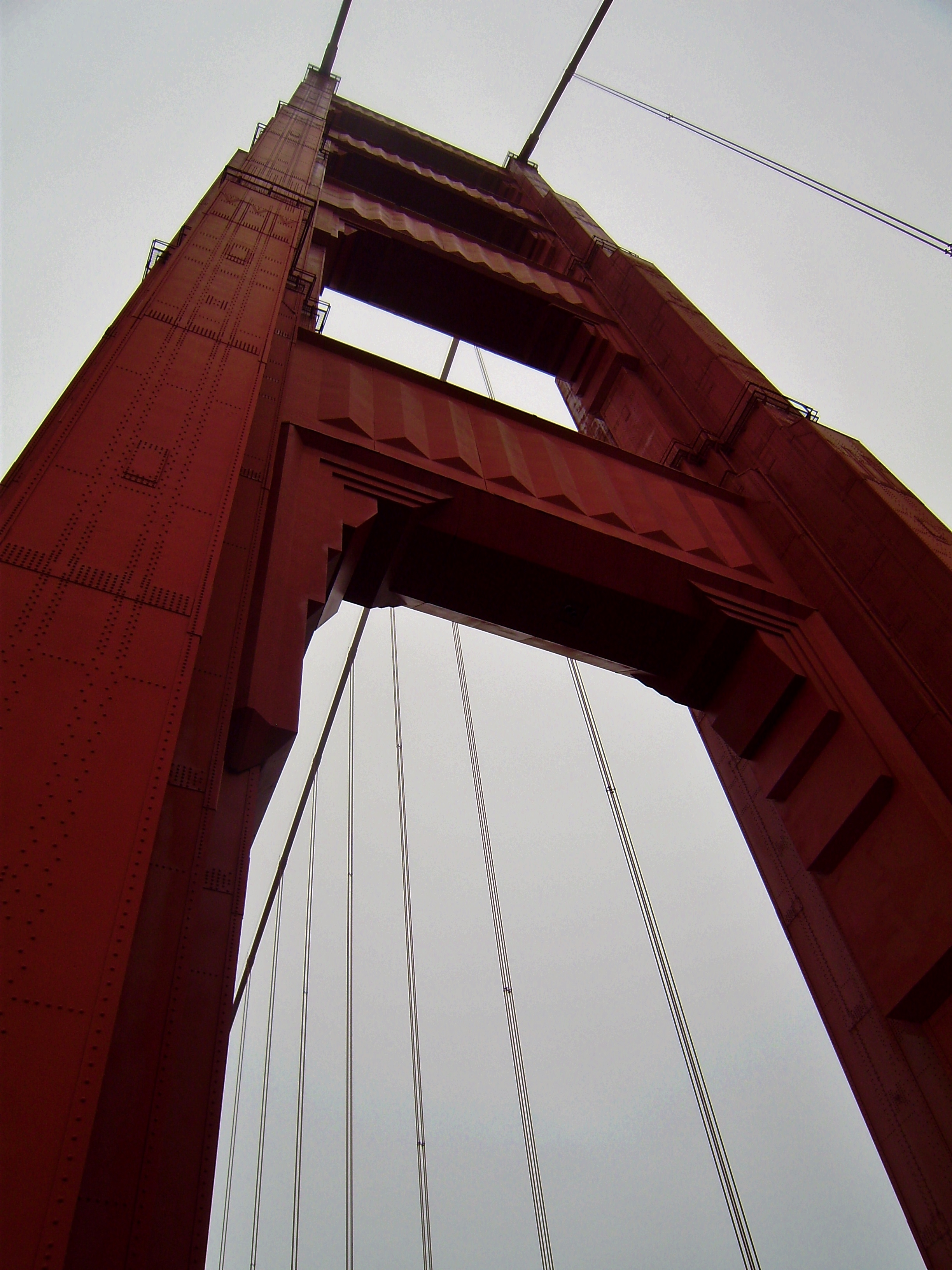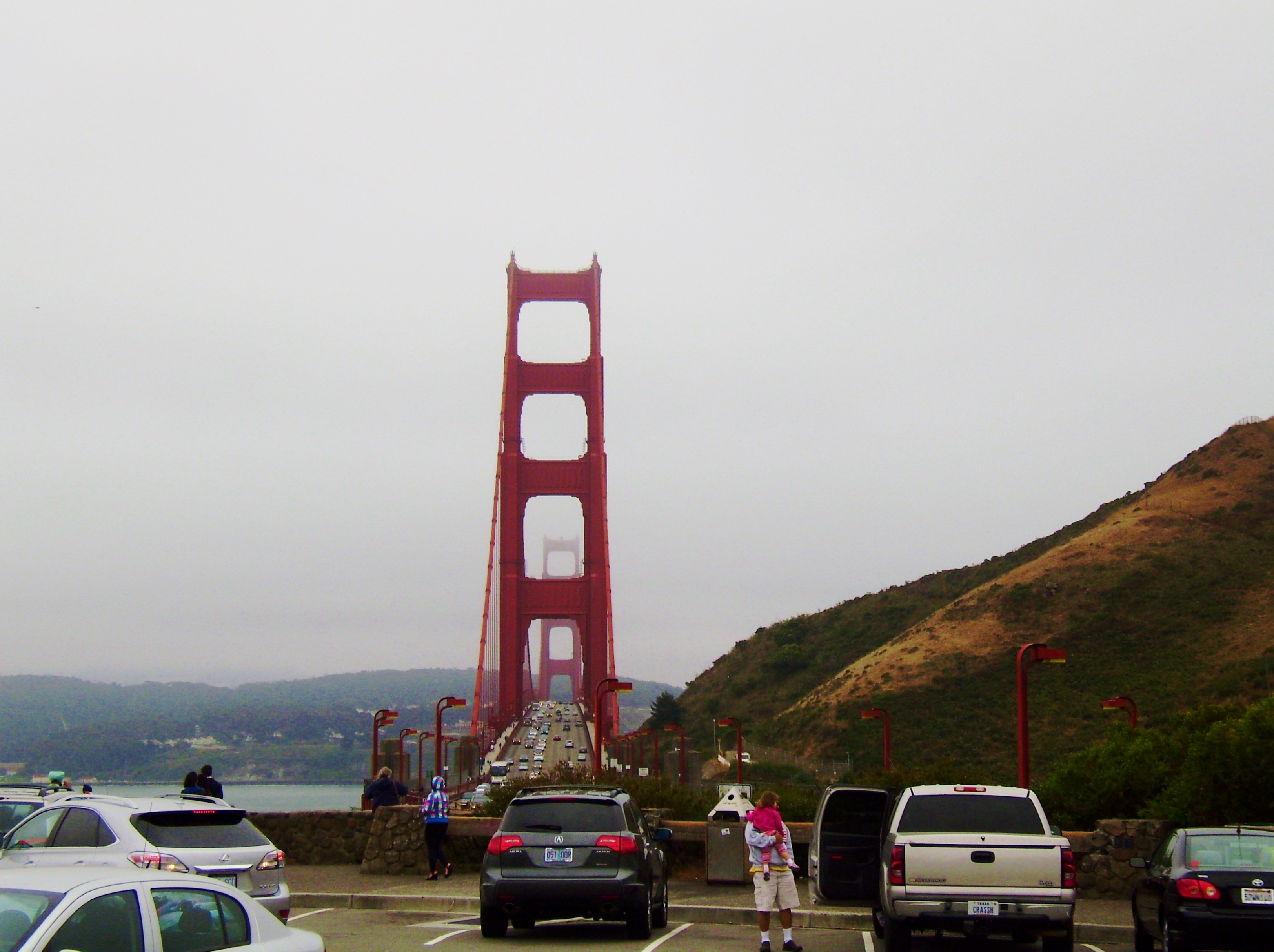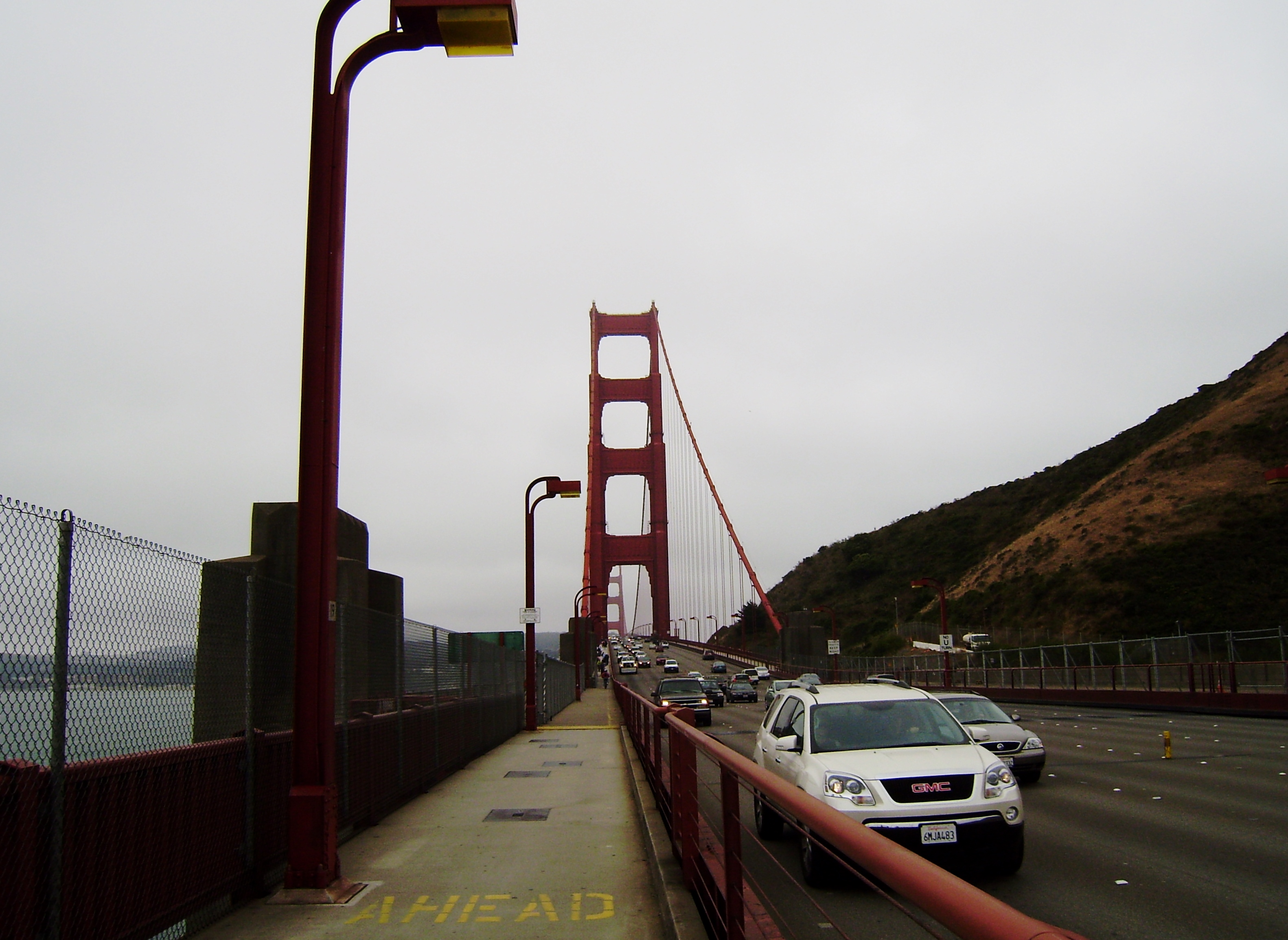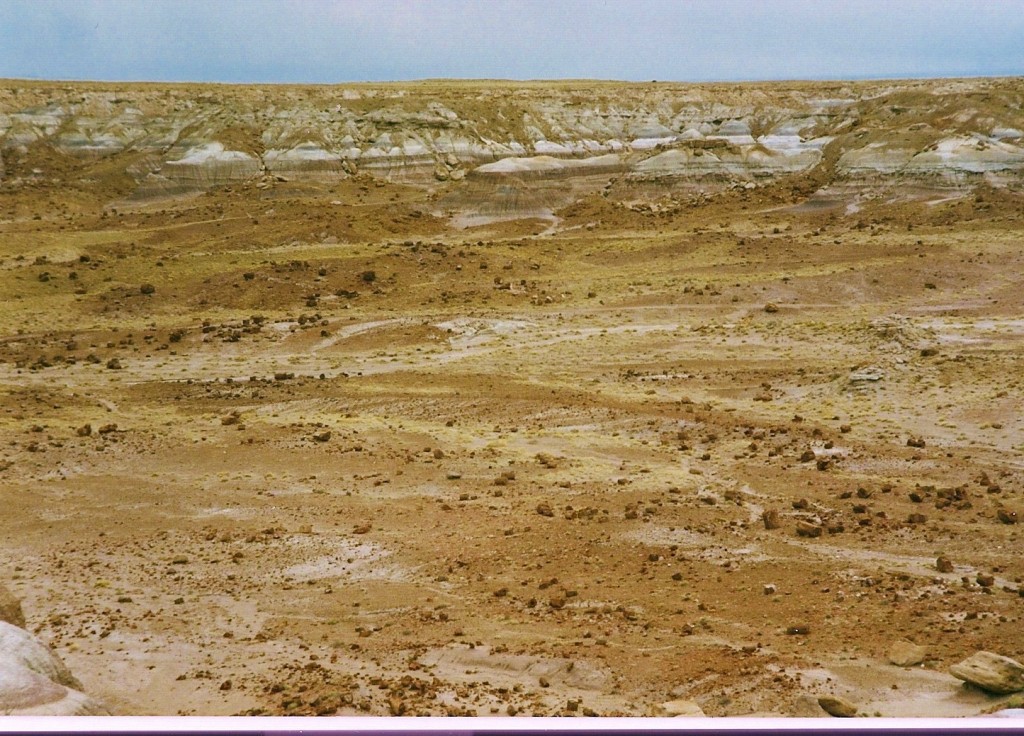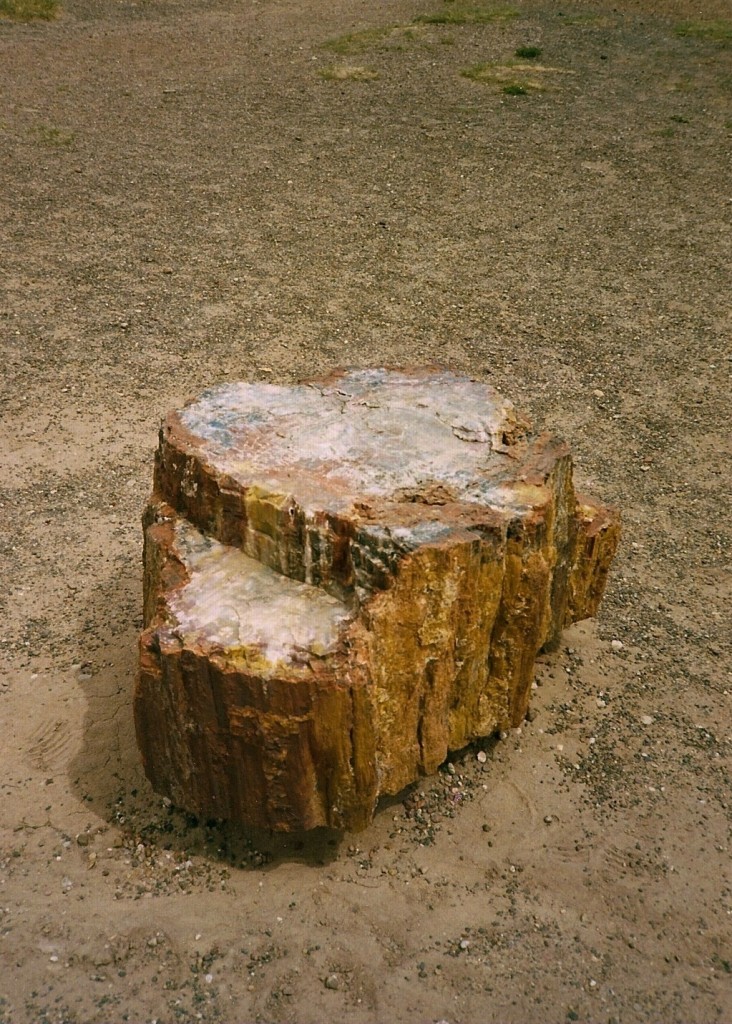
A beautiful canopy of hardwood forest, The North Cove Trail off of the Visitor’s Center leads to the River Trail at Ijams Nature Center. Depending on the season, there are blooms of silverbell and hydrangea or bloodroot and cut-leaved toothwort. In late spring, the strong scent of bugbane acts as a natural insect repellent as hummingbirds feed off of the sweet-smelling trumpet creepers.
Halfway through the .2-mile trail is a bridge. It is the scene of yellow-billed cuckoos and indigo buntings that look like blue, chubby cardinals. The sight of eastern box turtles during the warm summer months and sound of barred owls year around are what draw visitors to this trail throughout the year.
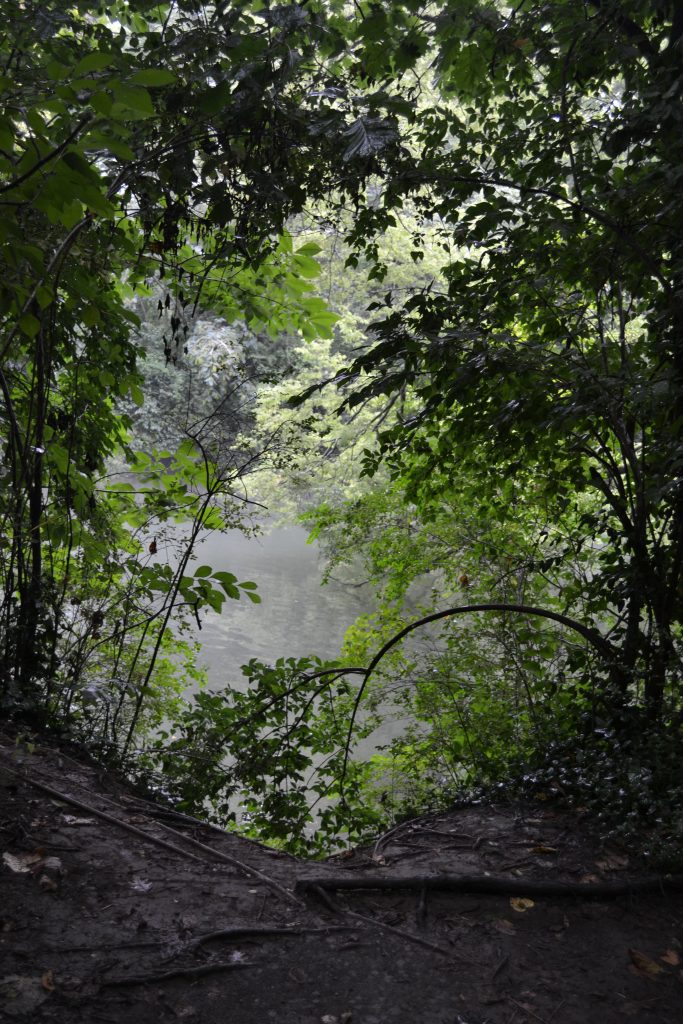
The River Trail was marked by a placard along the path and connected North Cove Trail with the Will Skelton Greenway. Along the .7 mile trek grew American bladdernut and the spicebush which produces bright red fruit in the fall. Yellow trillium and yellow celandine poppy come into sight during early spring, while Christmas ferns appear during the holiday season.
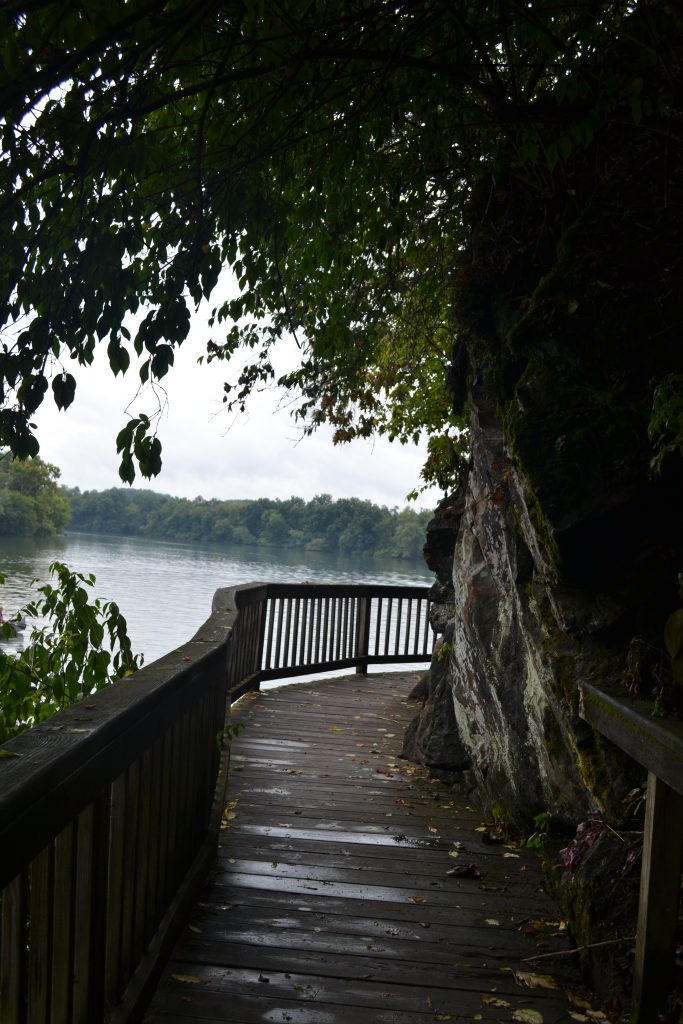
Located on the trail is the Boardwalk that runs along the Tennessee River. One of the highlights of this section of the walk is the geological rock formations and Maude Moore’s Cave.
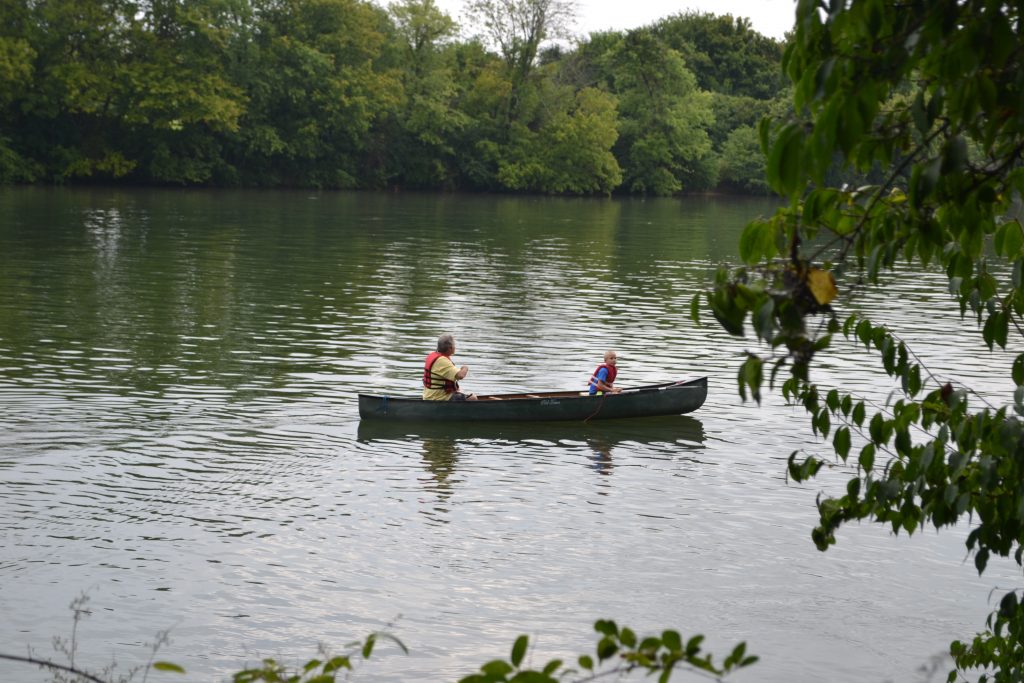
A group of boy scouts paddle their canoes along the quiet, calm Tennessee River. It was a cool, peaceful morning for earning their badges as they identified plants and trees on the banks of the waterway. Along the river were sounds of the yellow and grey prothonotary warblers and swallows flying overhead.
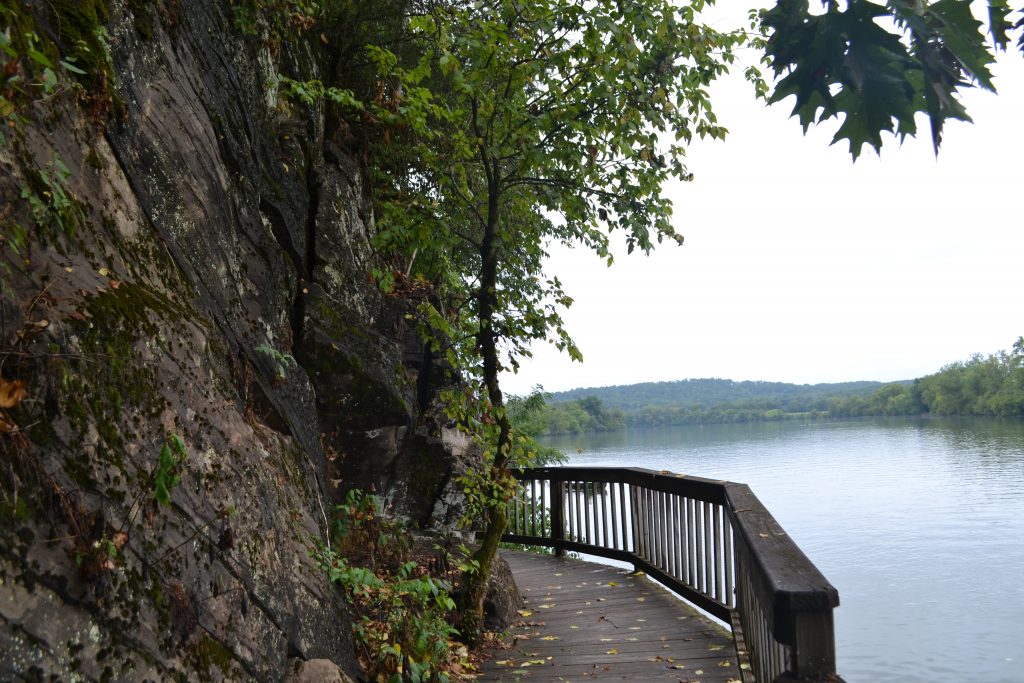
Granite rock structures protruded from the cliffs. The serene landscape and solitude were interrupted by the sounds of birds perched in the nearby sycamore trees. The area is home to the white-eyed vireos, common yellow-throats, bald eagles and ospreys.
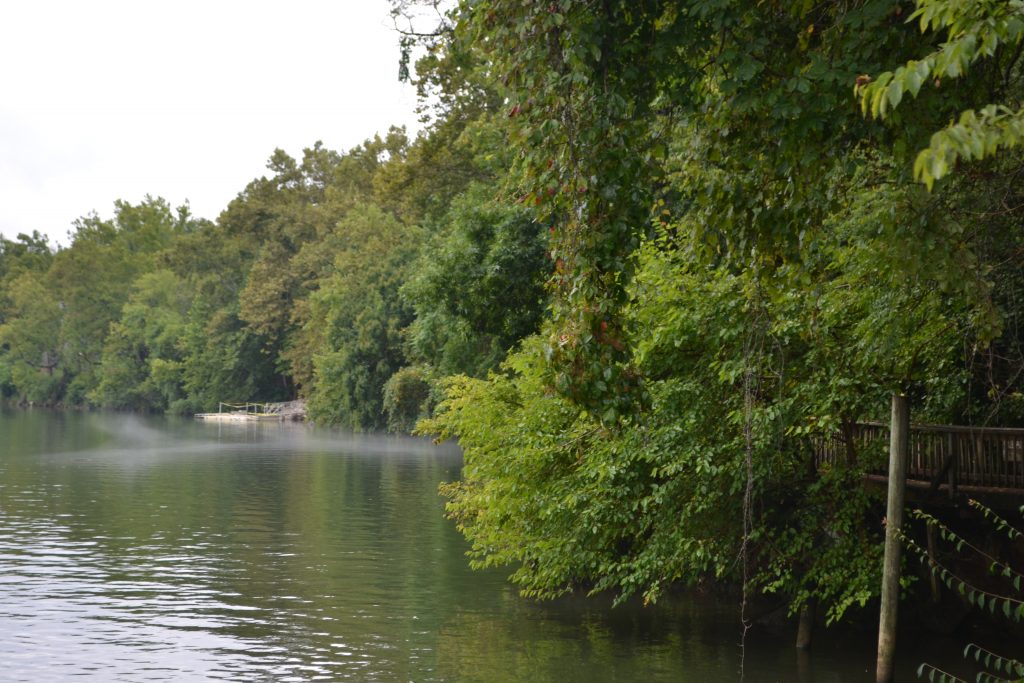
It was early enough in the morning where the coolness of the day appeared as a mist hovering over the river. We noticed a fisherman in a kayak trying his luck at catching bluegill and sunfish.
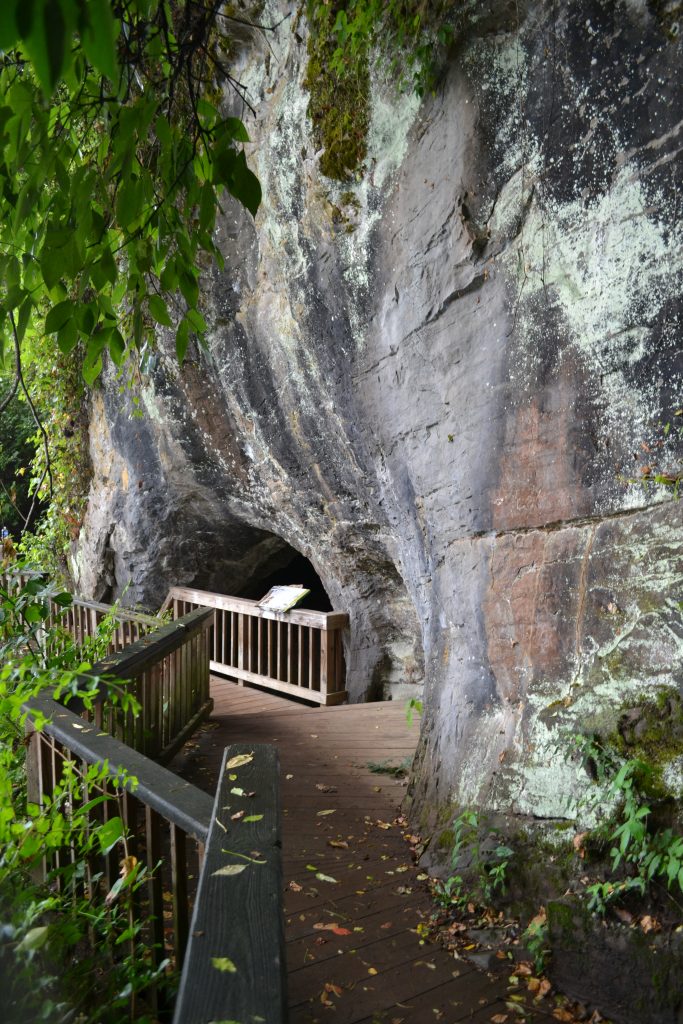
We soon approached one of the entrances to Cave Springs Caves, which were carved out by an underground stream. These entryways have been boarded up with wood to protect the bats and salamanders that live inside. Known by the locals as Maude Moore’s Cave, it was given this name because Maude, after having shot and killed Roy Harth, she hid in this cave system until giving herself up to law enforcement. She was later found not guilty for acting in self-defense.
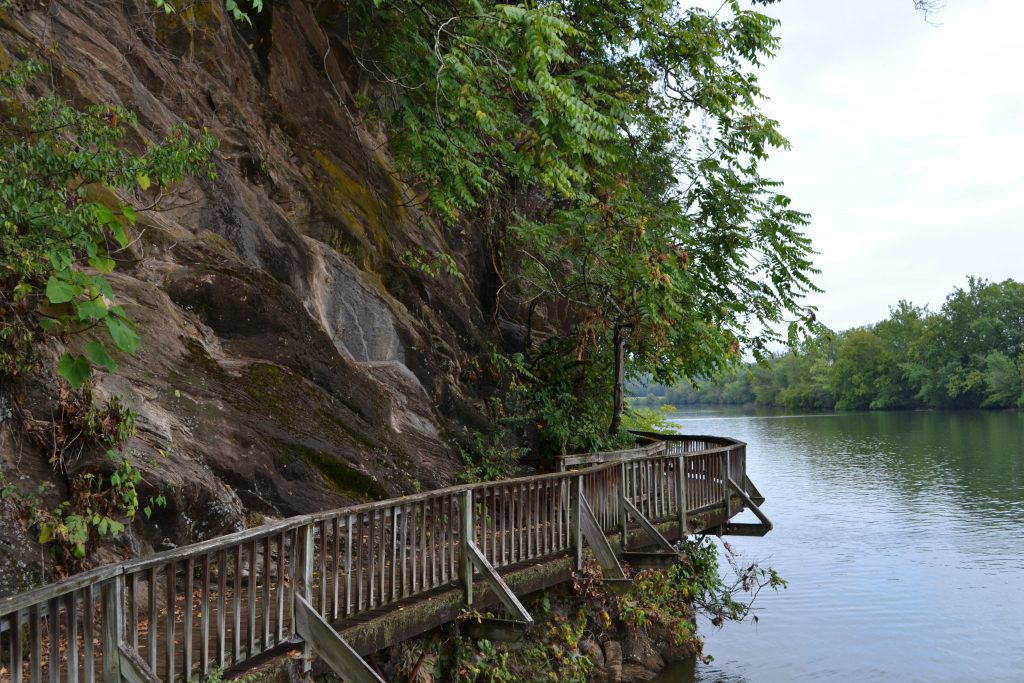
On occasion, we looked over the side of the Boardwalk into the Tennessee River to see if there were turtles, lizards or snakes resting along the rocks. There was also the potential to see blue herons, belted kingfishers and crested cormorants that frequent the area to snack on a fish or two.
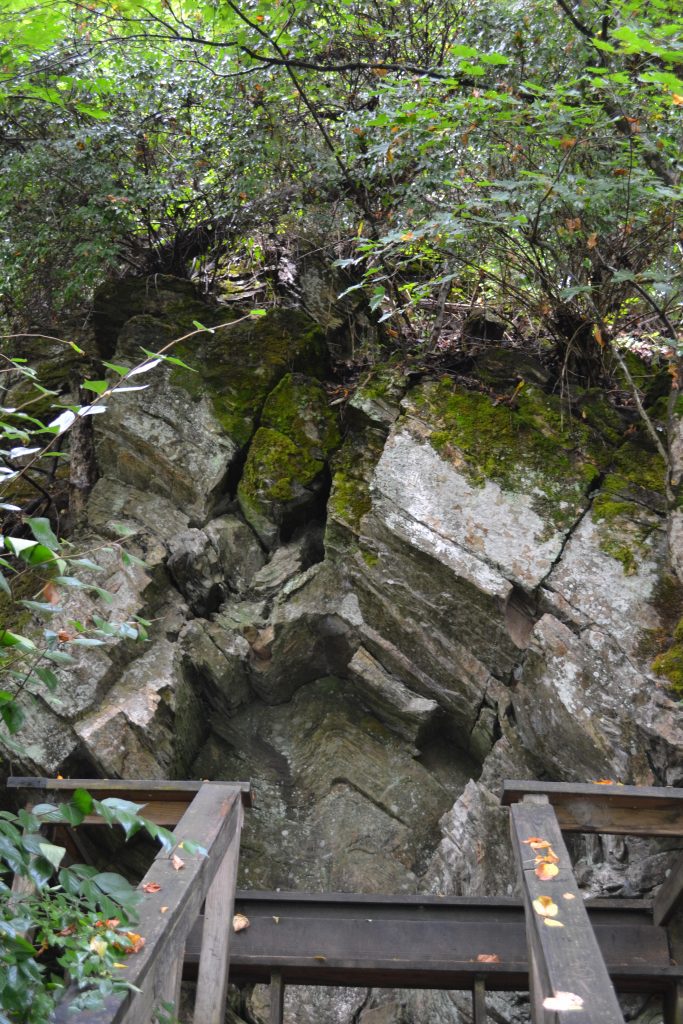
Although we couldn’t feel it, the earth beneath us was moving, creating faults and folds that are eventually exposed at the surface. Along the River Trail at Ijams Nature Center, there is a geological fold of rocks as a result of the pressure from the underground movement, but lucky for us, we hadn’t even noticed.

We came to a point where we had to decide whether to follow the River Trail or stay on the boardwalk. A set of rock stairs led up into the sugar maples, but we opted to continue towards the gravel road that leads to an old quarry and cedar glade. We eventually passed an obstacle course and noticed a placard that informed us of the meadow habitat up ahead.

We crossed through the field and found a small pond, home to frogs, salamanders and newts. The Visitor’s Center was within view, ending our hike and so we decided to go in for an opportunity to learn more about the Ijam’s nature center and its habitat.
Have you had the chance to visit Ijam’s Nature Center in Knoxville? What was the most fascinating aspect of your visit? I would be interested in hearing about your time spent at Ijam’s if you would kindly leave a message in the comments section below. Many thanks for reading about my hike and wishing you many Happy Travels!
What to See and What to Do:
Ijam’s Nature Center
2915 Island Home Avenue
Knoxville, TN 37920
Telephone: 865 577 4717
Where to Stay:
Four Points Sheraton Knoxville Cumberland House
1109 White Avenue
Knoxville, TN 37916
Telephone: 865 971 4663
Where to Eat:
Babalu
412 S. Gay Street
Knoxville, TN 37902
Telephone: 865 329 1002
Check out my write up on this fabulous tapas restaurant, Babalu.
What to Eat in Knoxville:
- Brunch at Bistro on the Bayou
- Chicken pot pie
- Fried Green Tomatoes
- Mac and Cheese
- Meatloaf
- Tennessee Whiskey
What to Read:
- Historic Knoxville: The Curious Visitor’s Guide to Its Stories and Places, by Jack Neely
Photo Guide to Knoxville:
- Bike Sculpture
- Bridge Sunrise
- CityView Sunset from SoKno
- Fort Dickerson Quarry
- Gay Street
- Greetings from Knoxville Postcard Mural
- House Mountain
- Sunsphere
- Tennessee Theater on the corner of Gay Street and Clinch Avenue
- A View from the Bluffs
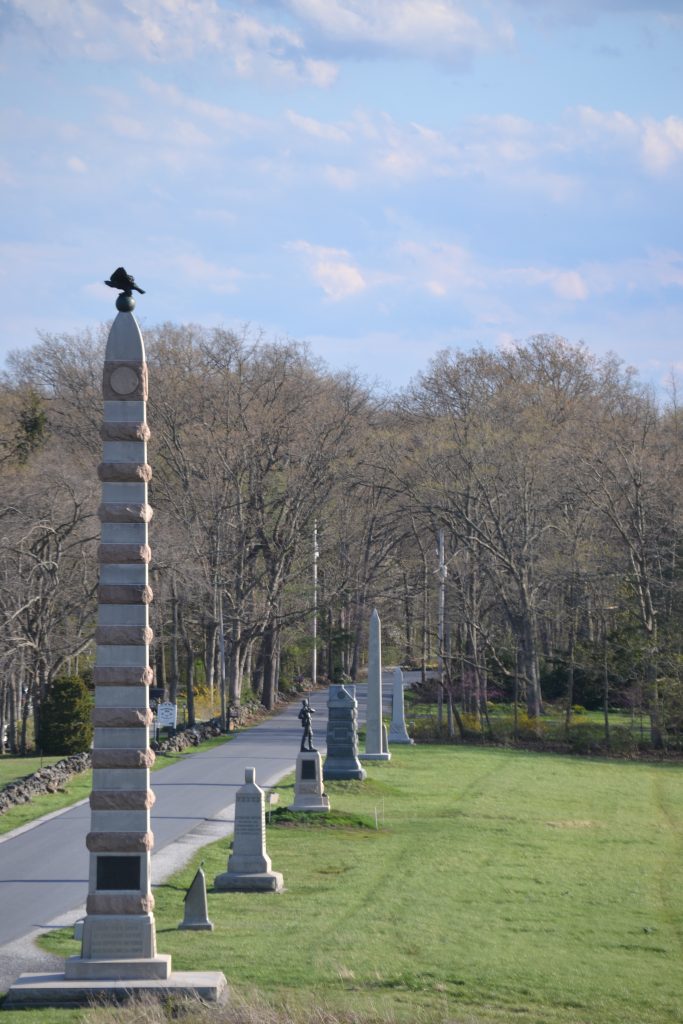
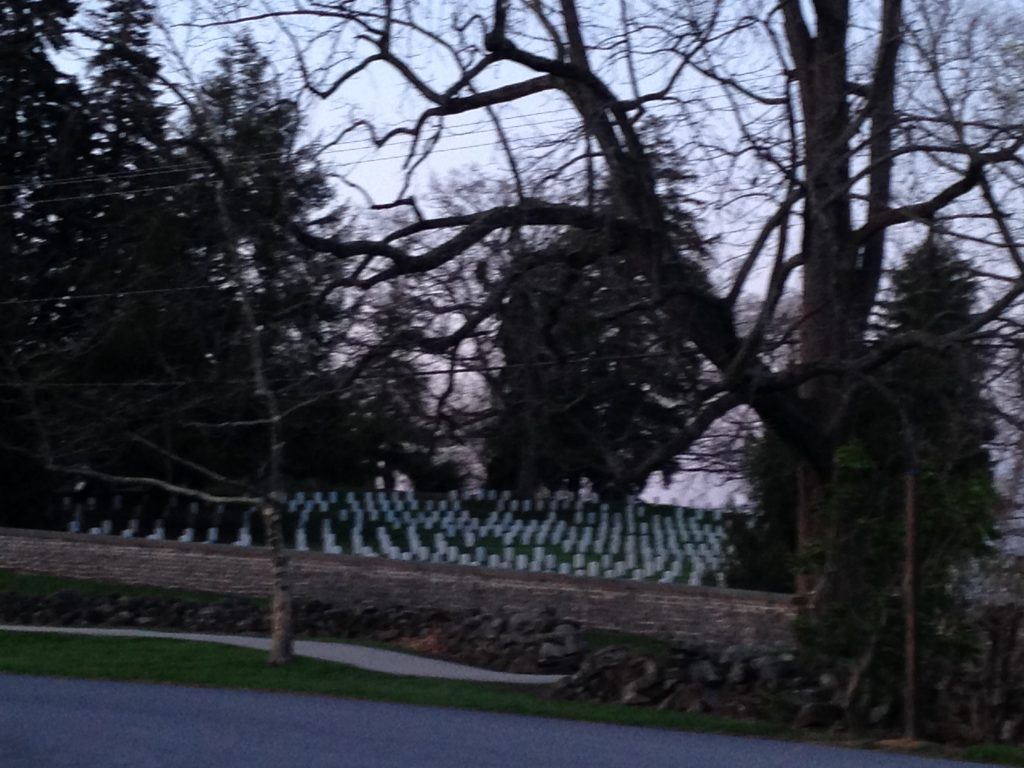
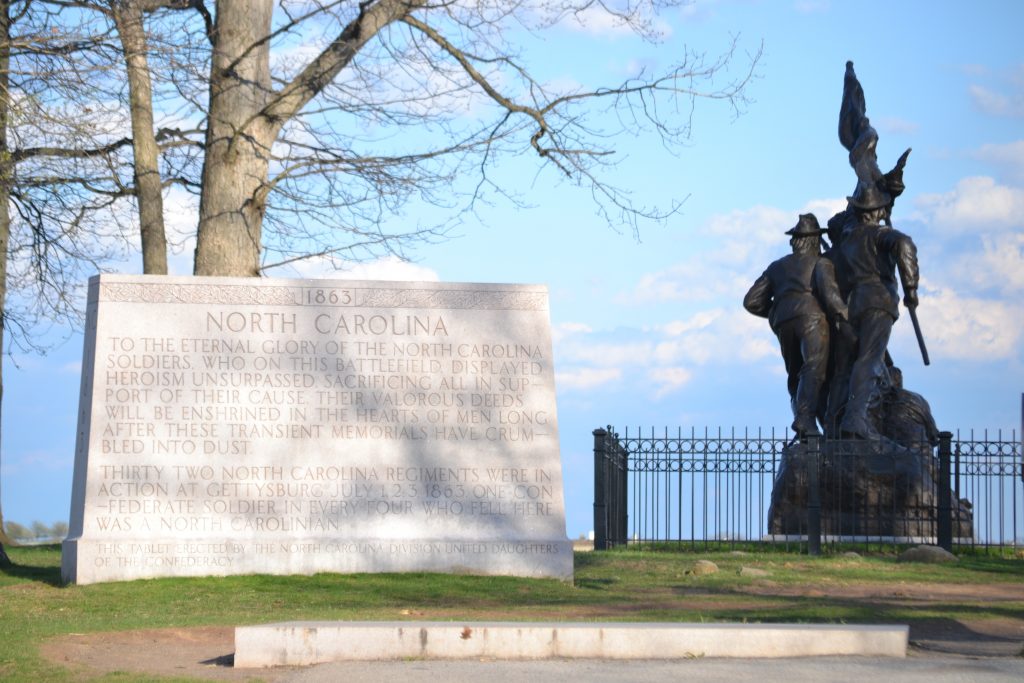
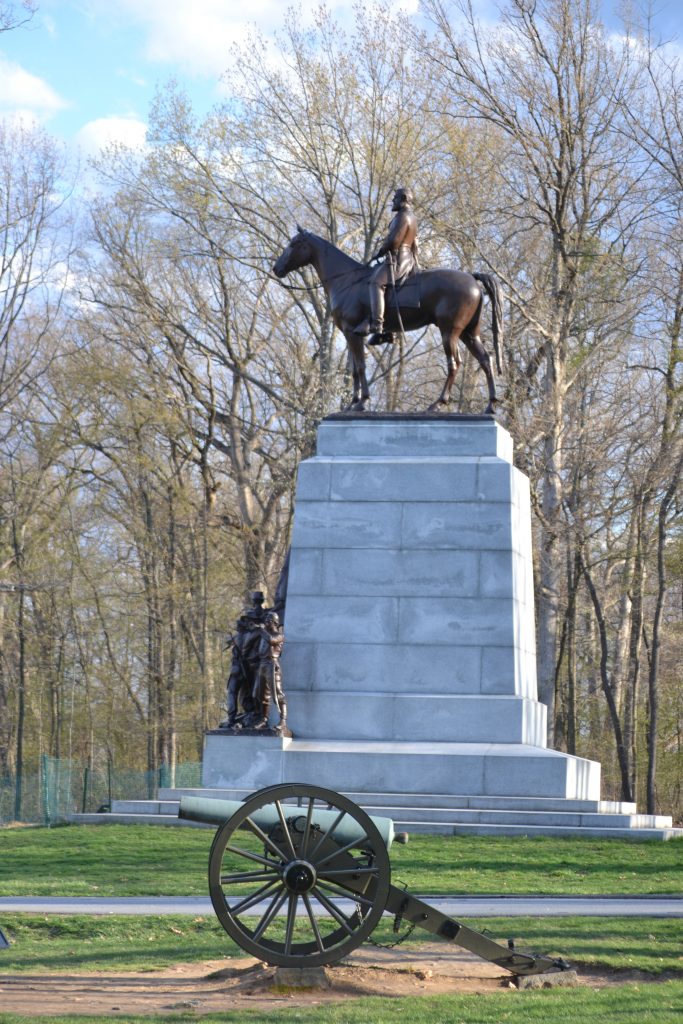
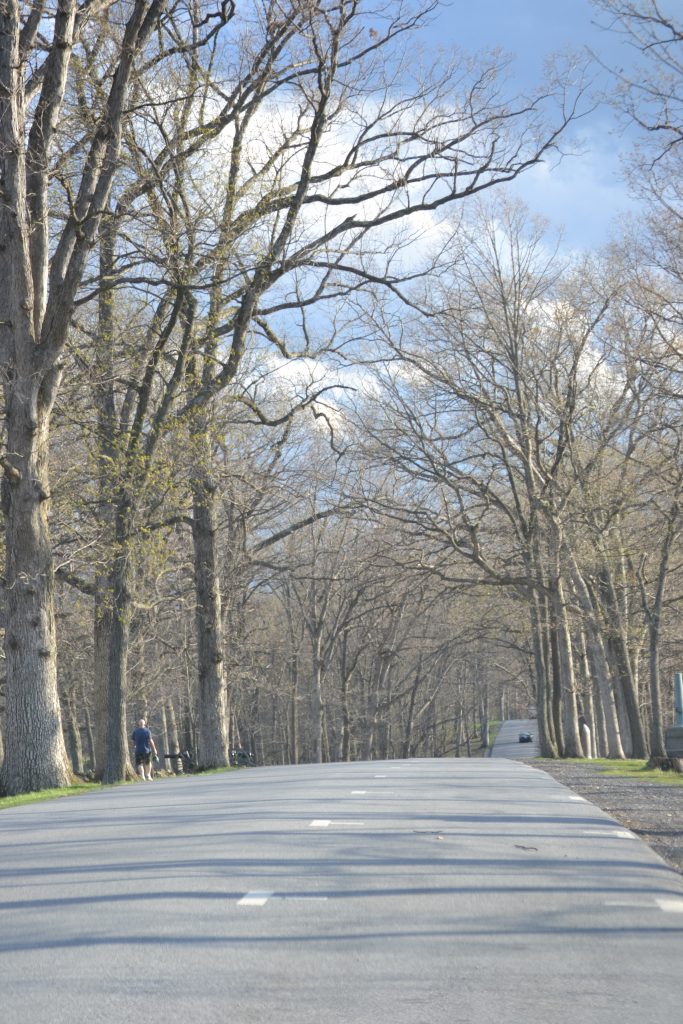
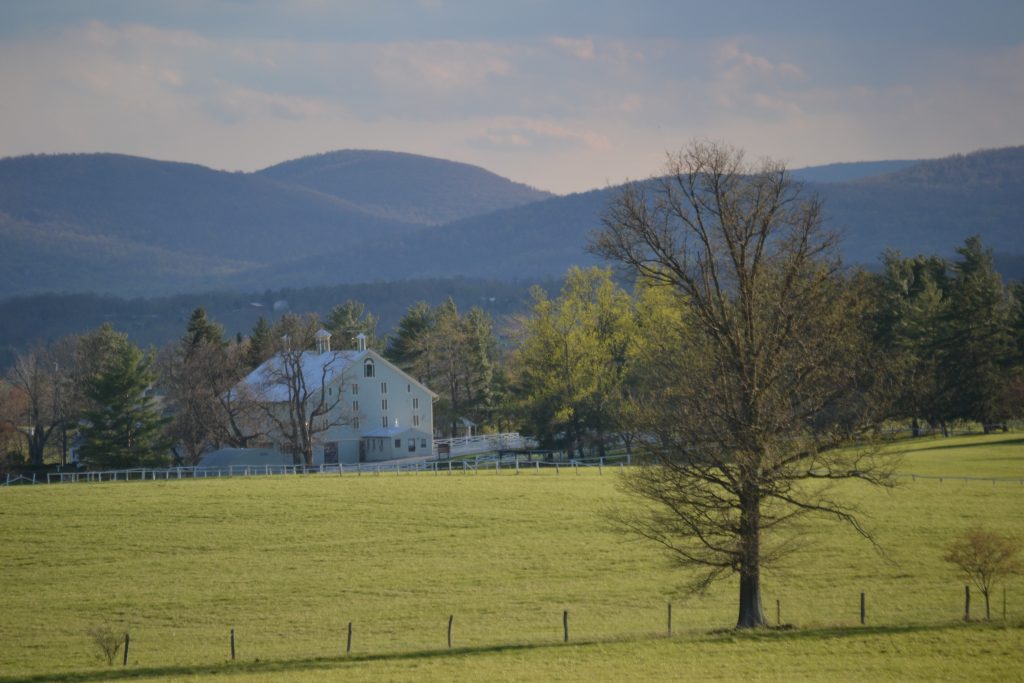
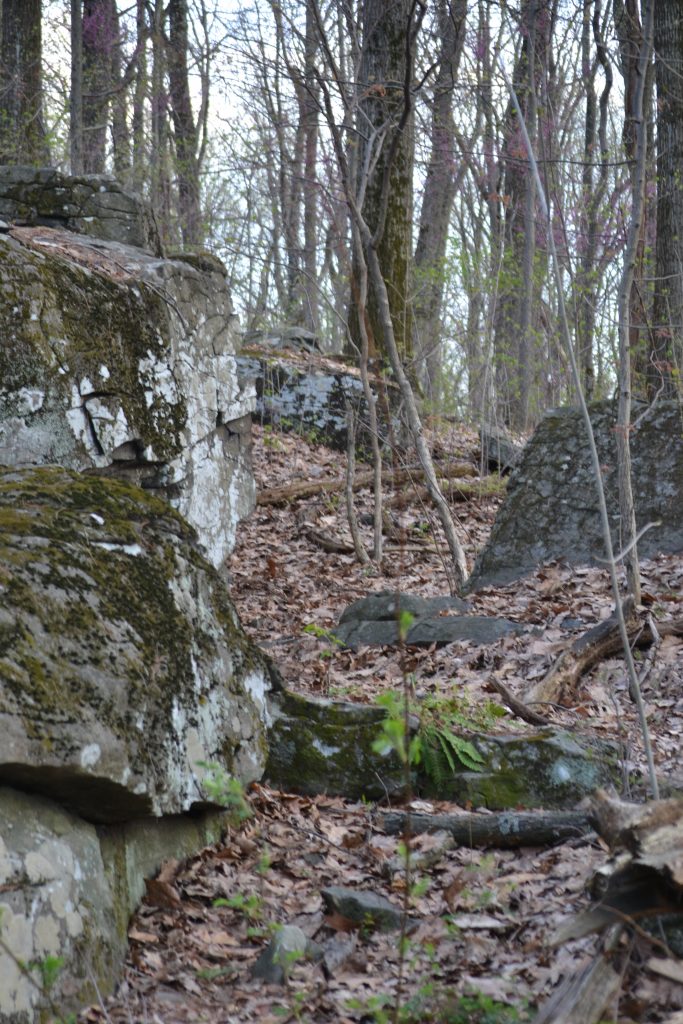
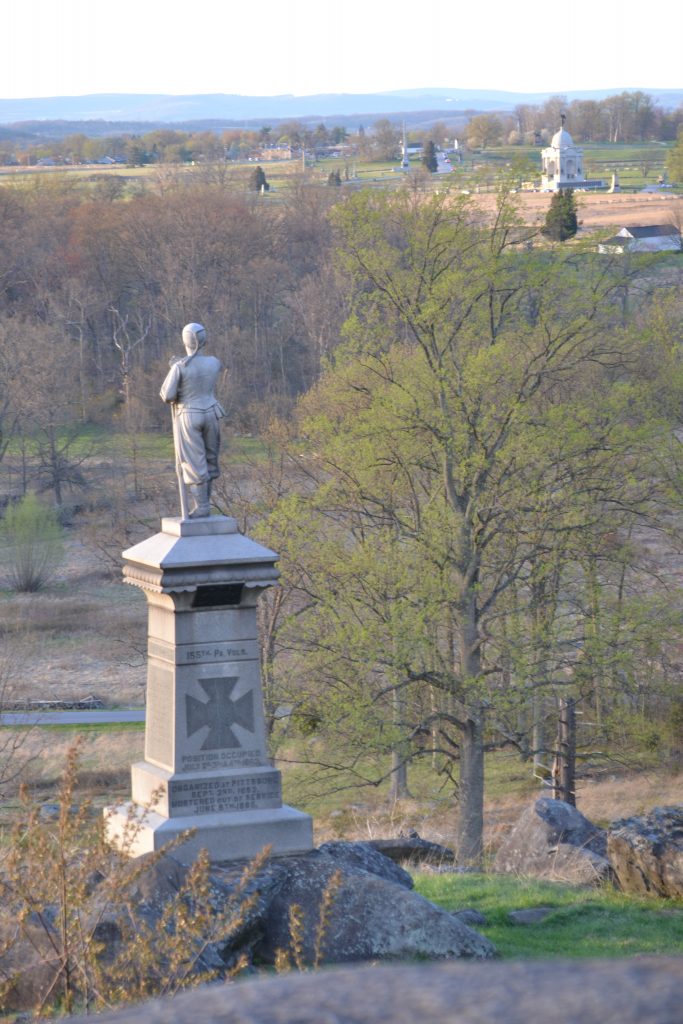
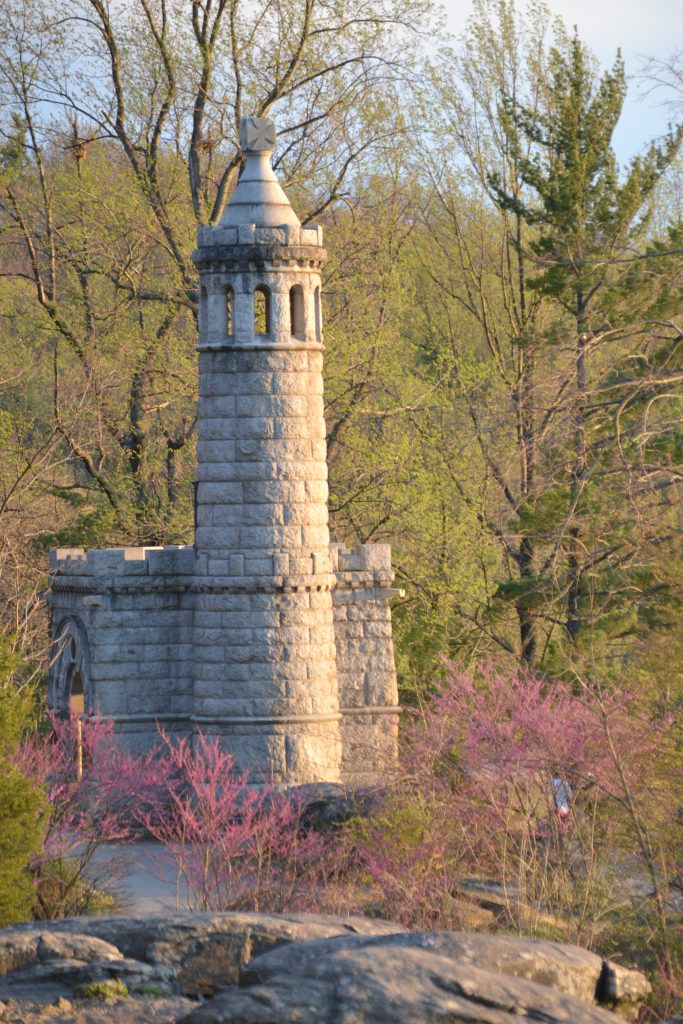
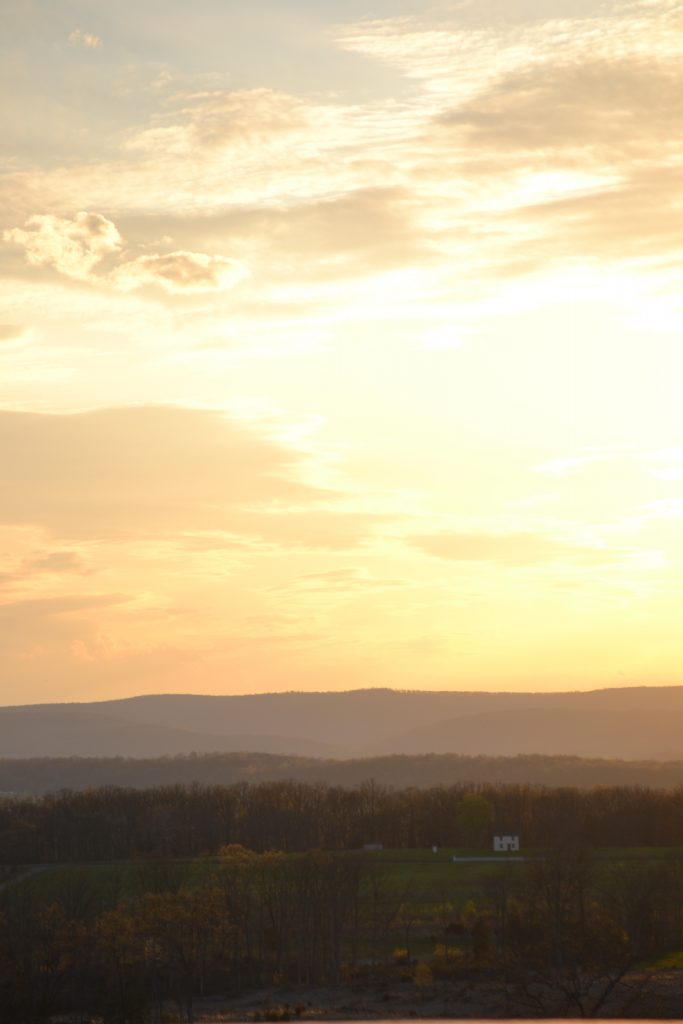
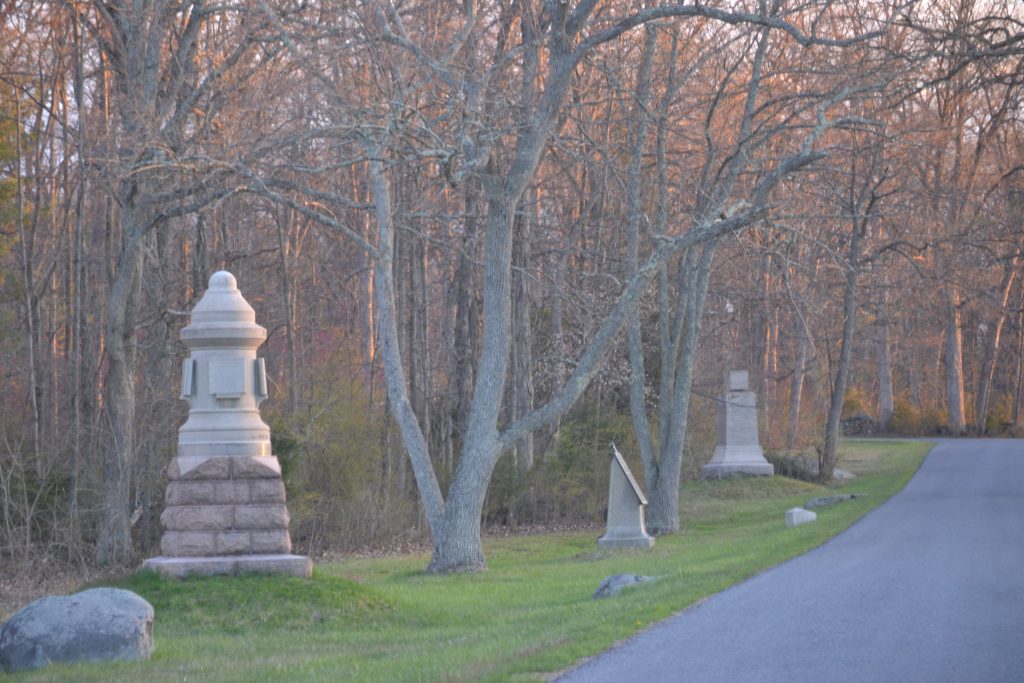
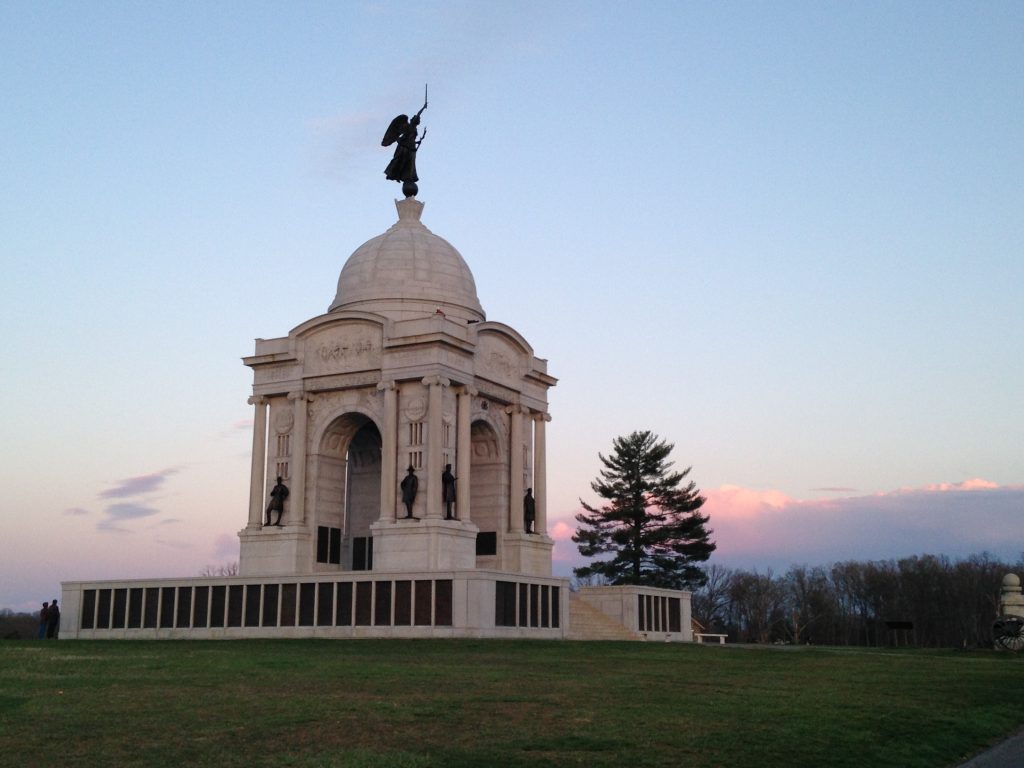
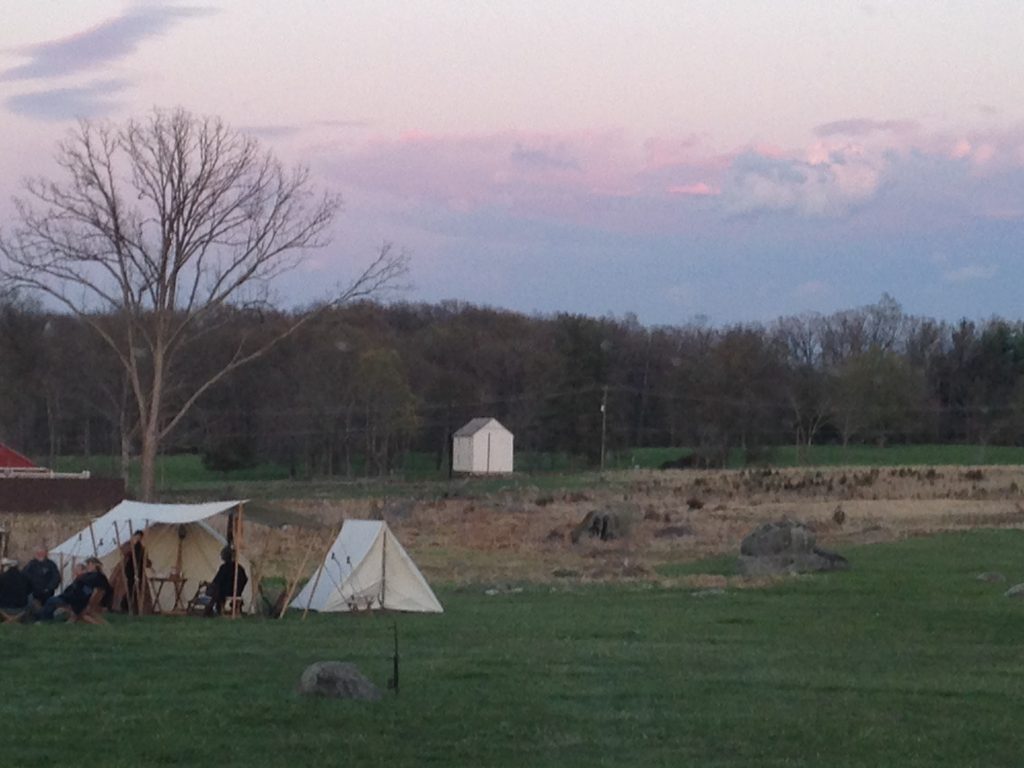
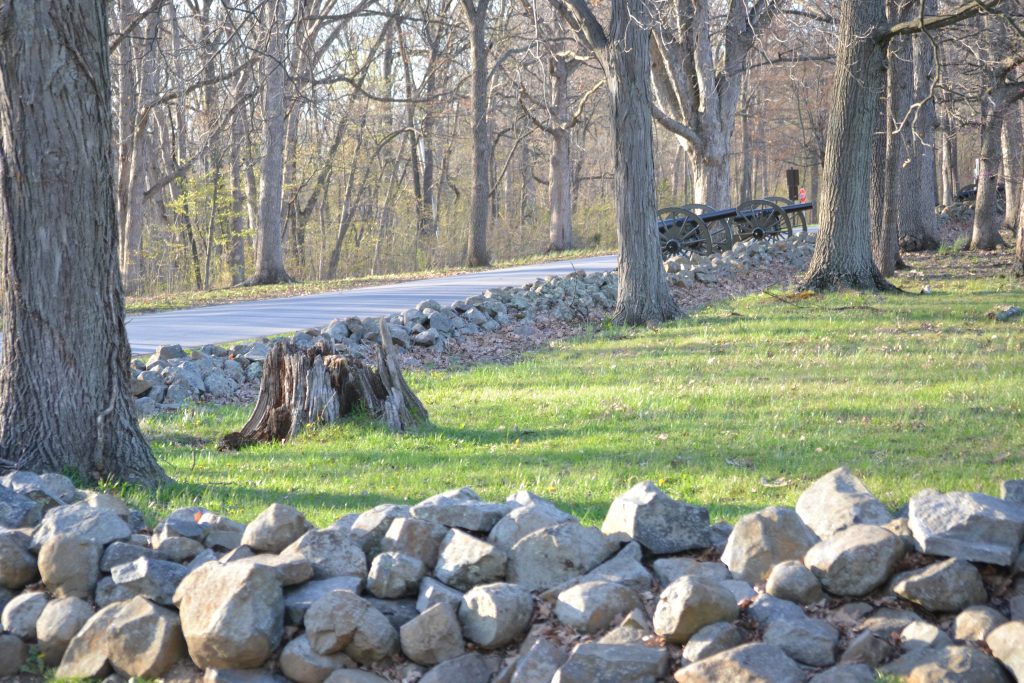
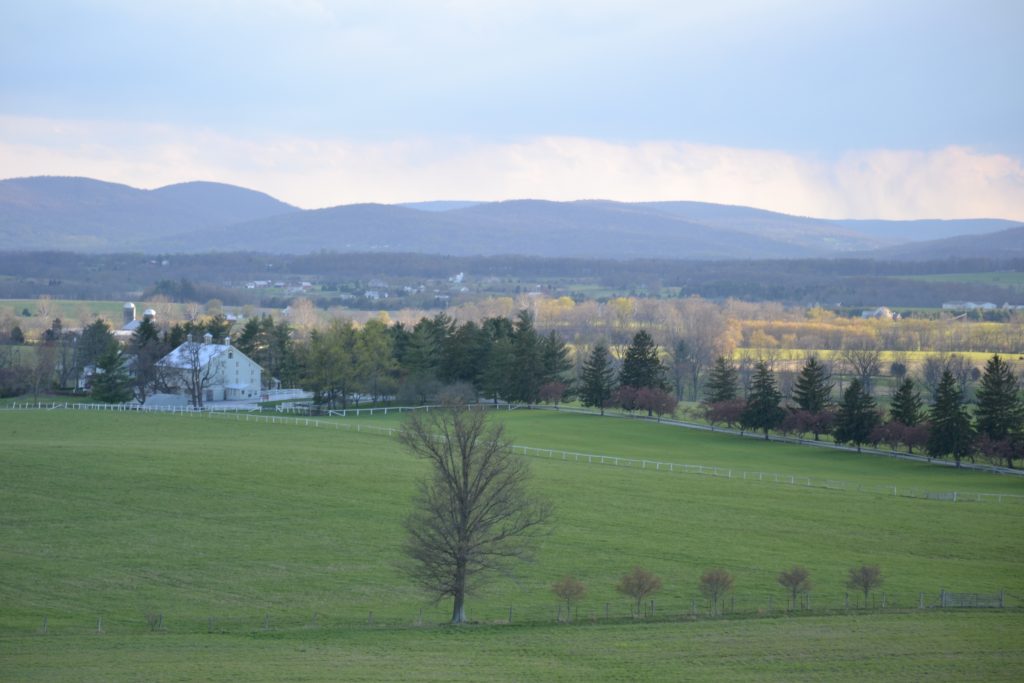
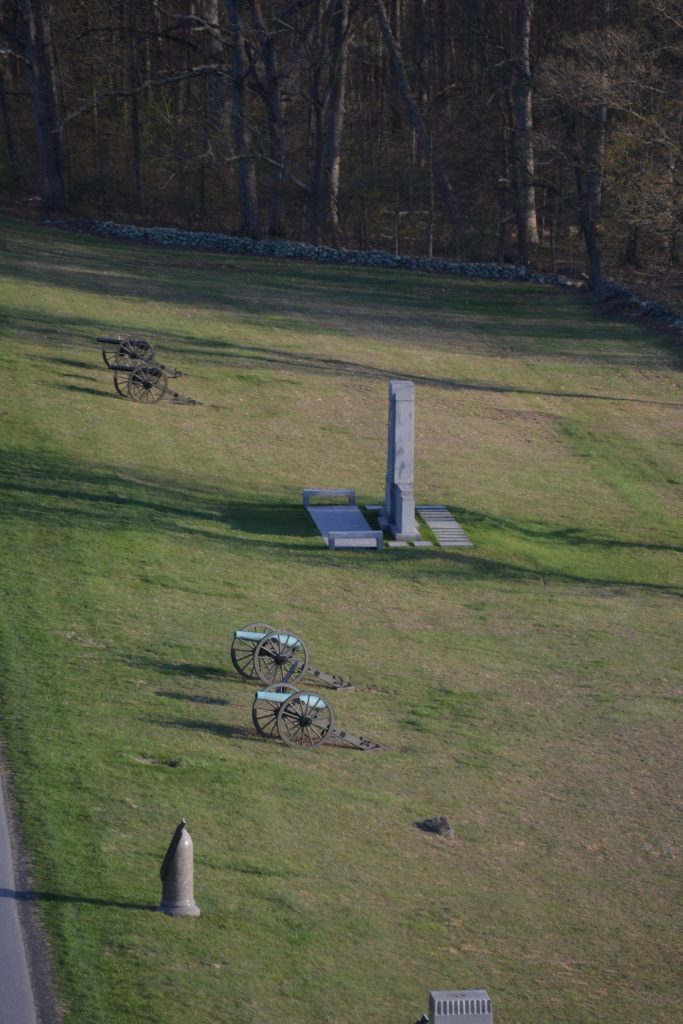
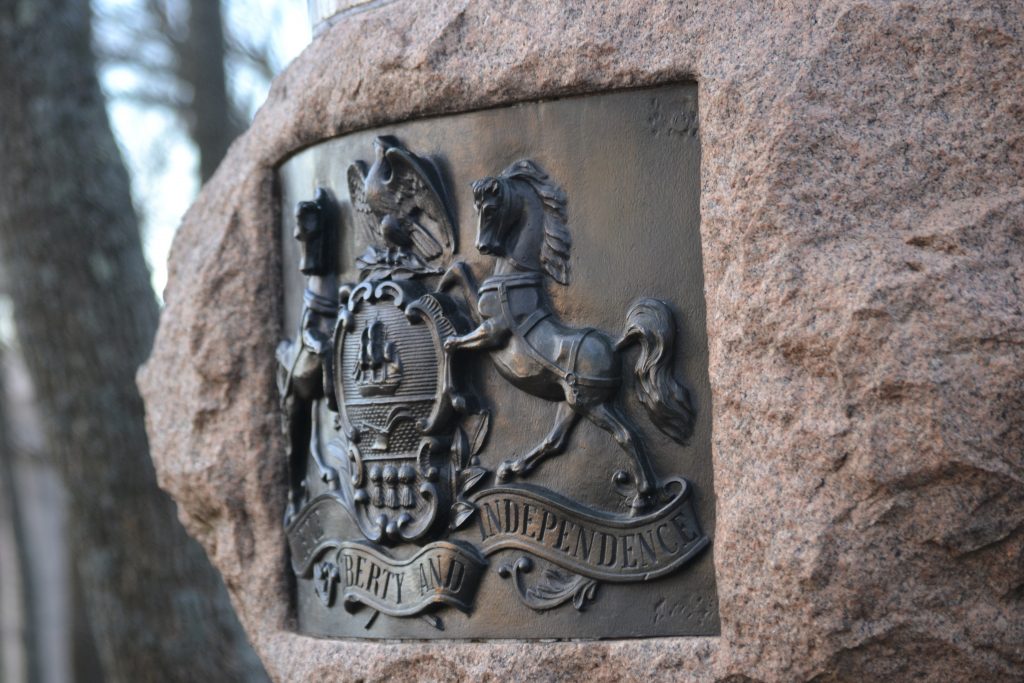
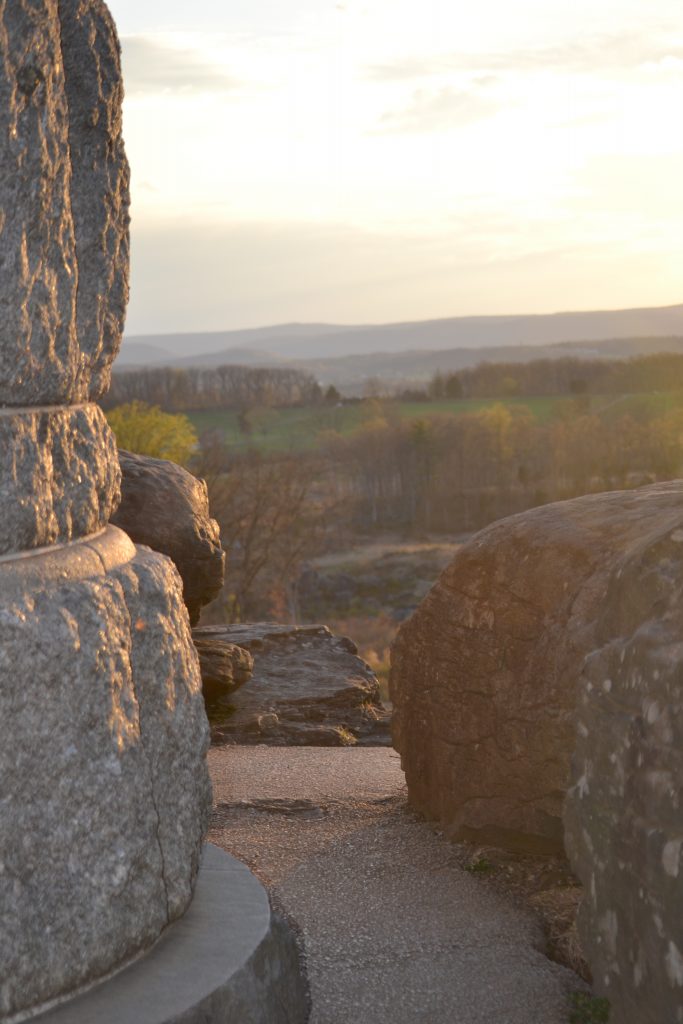
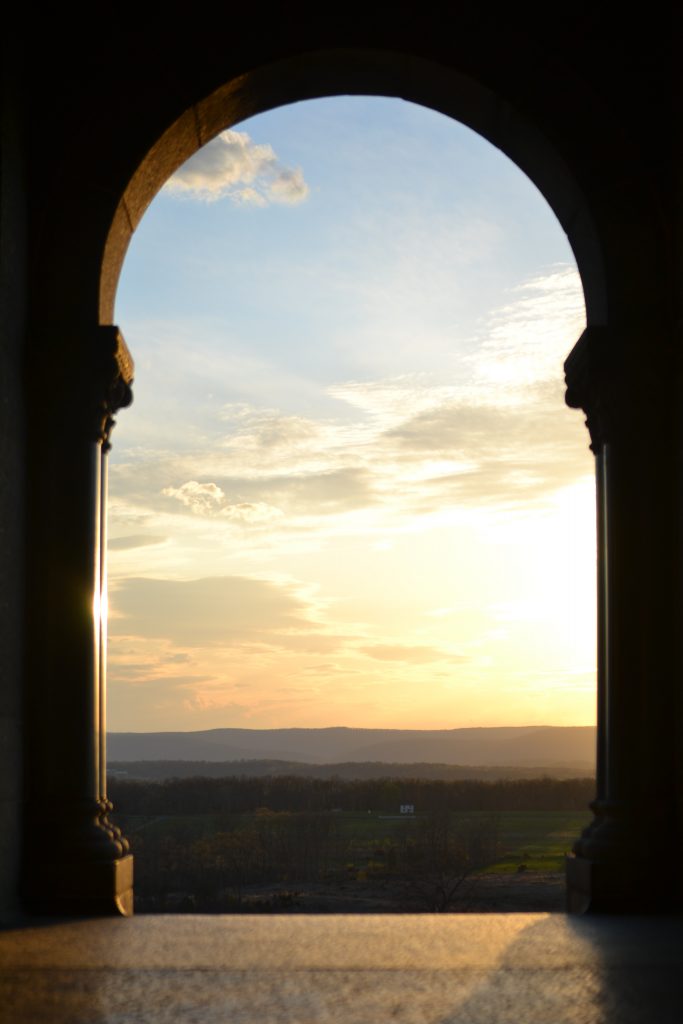
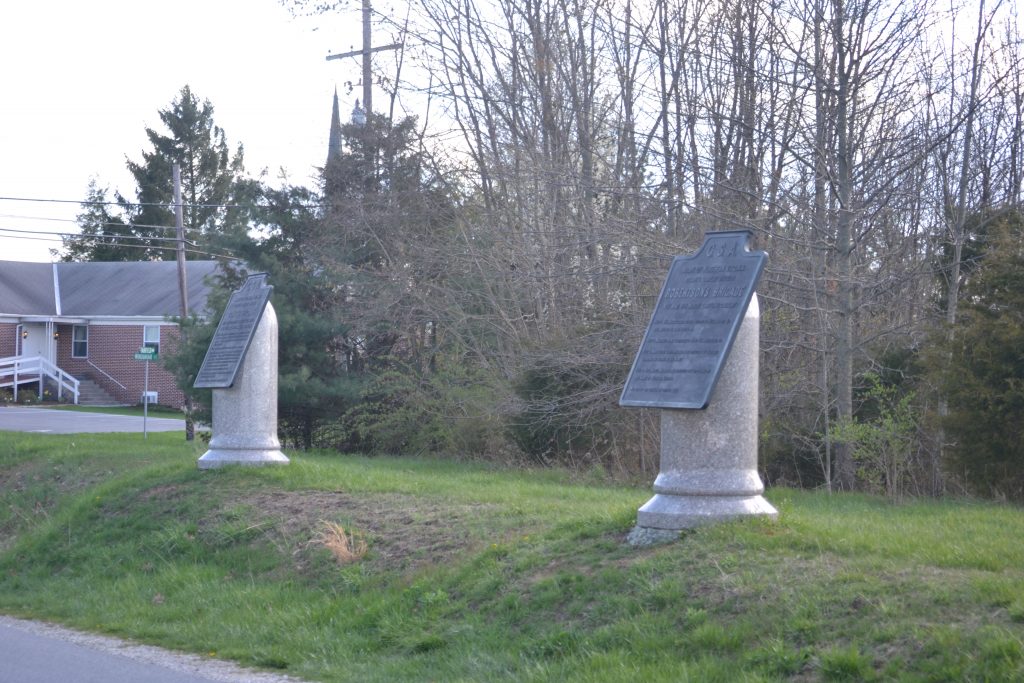
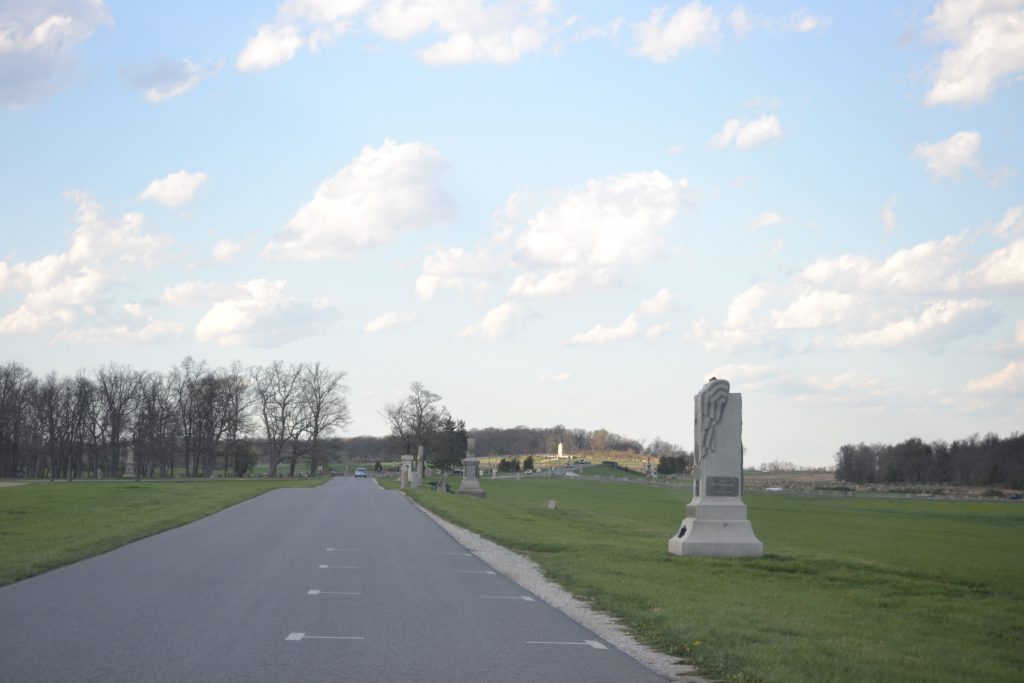
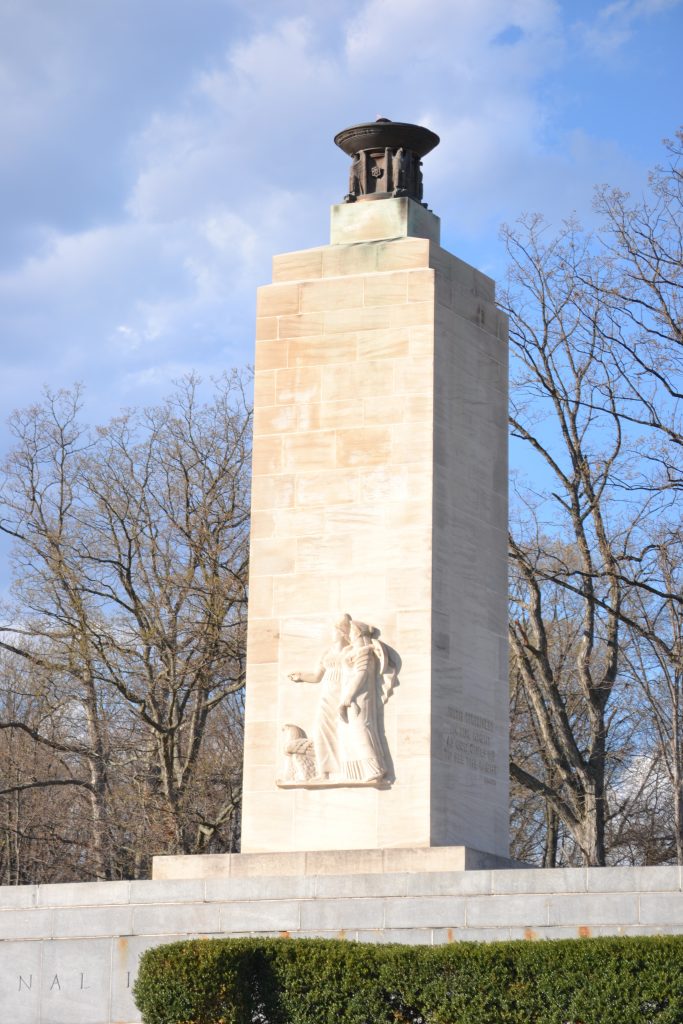
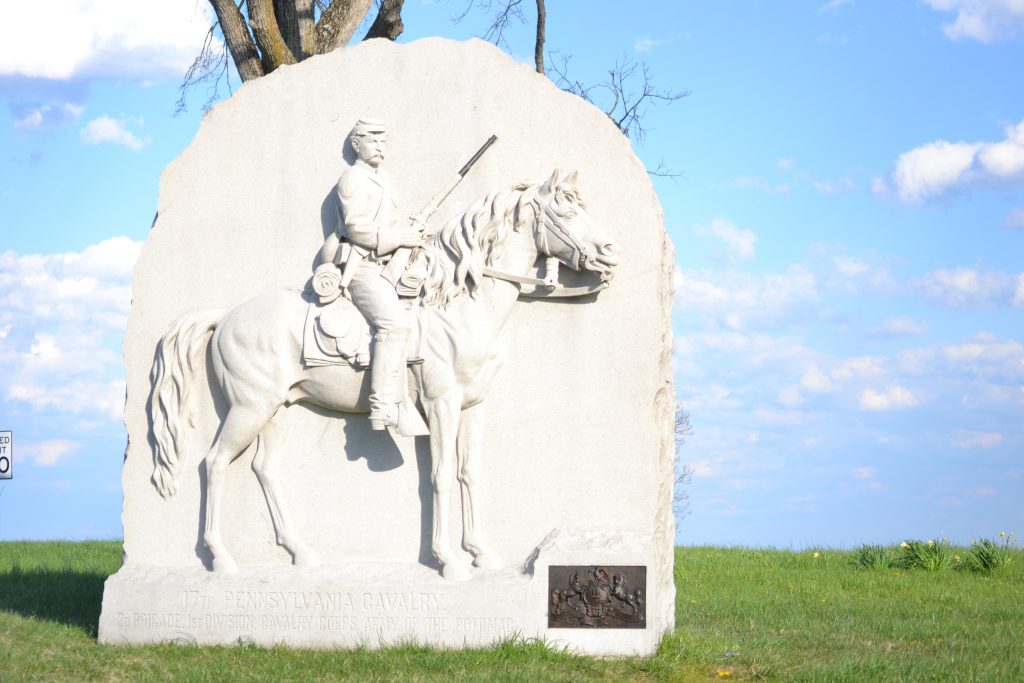
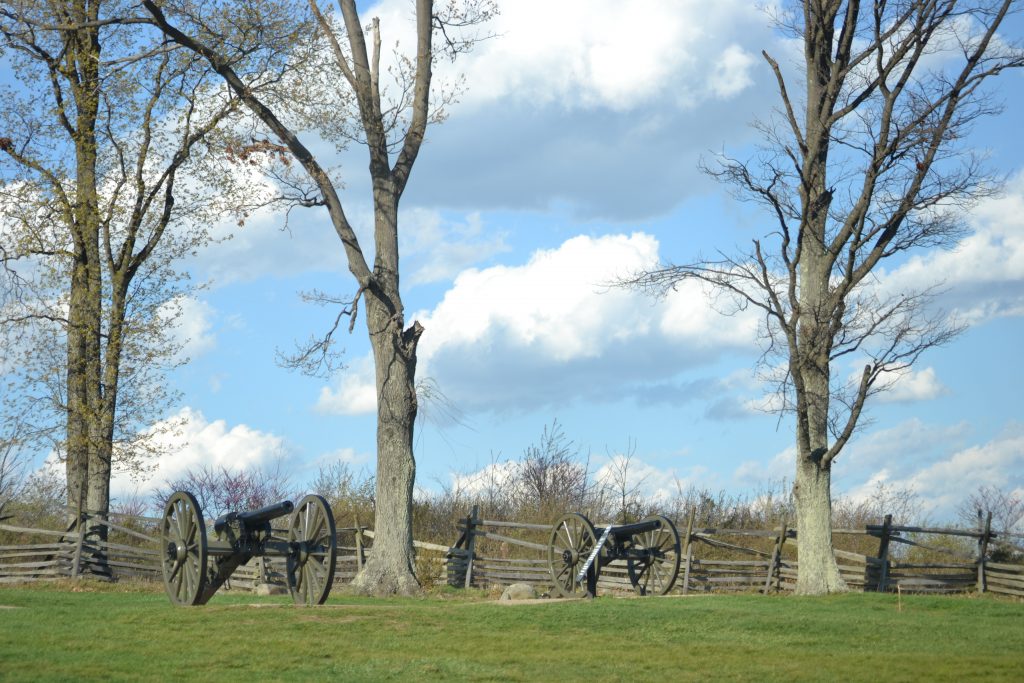
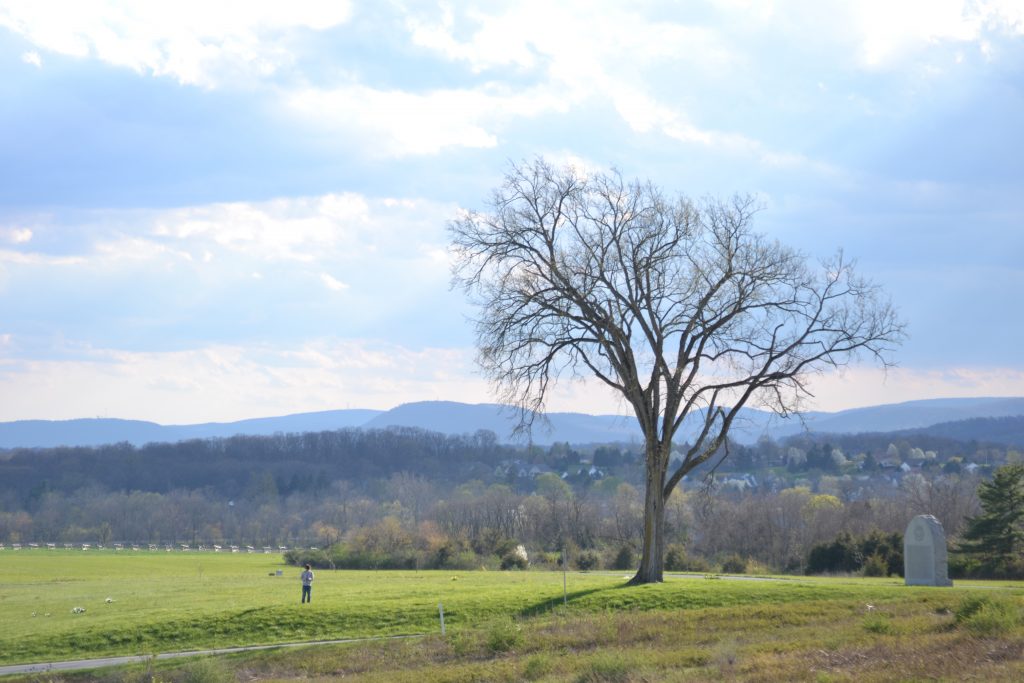
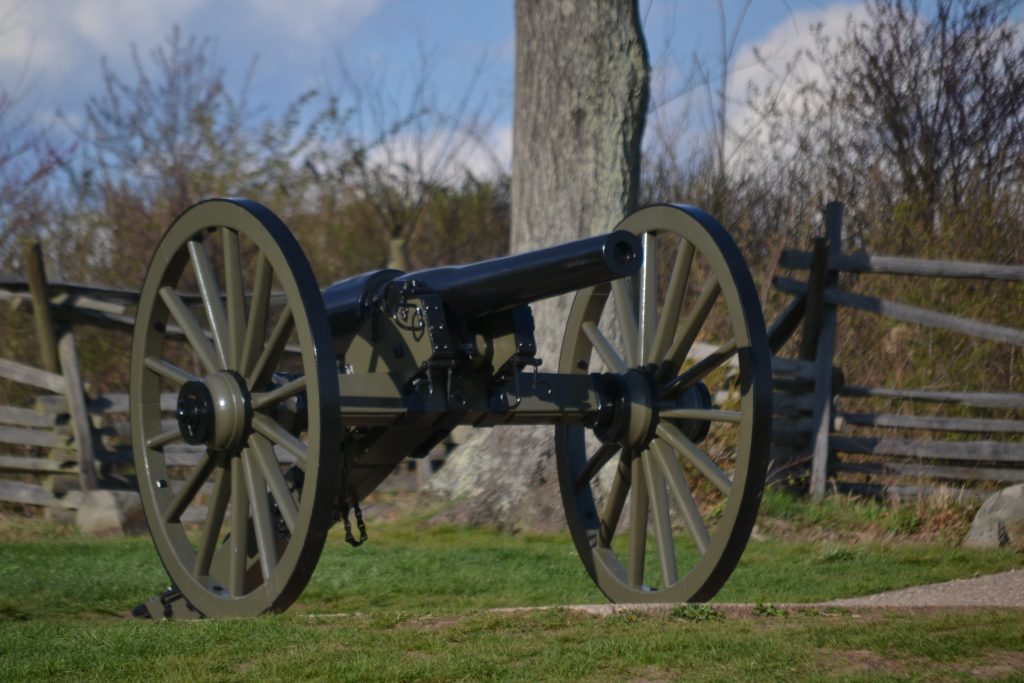
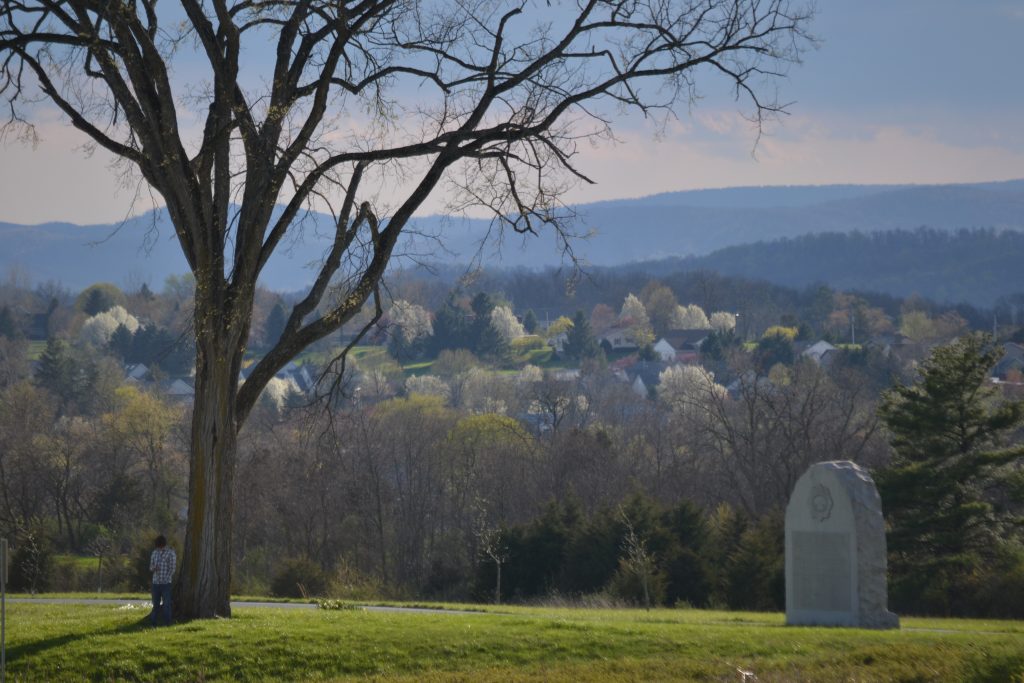
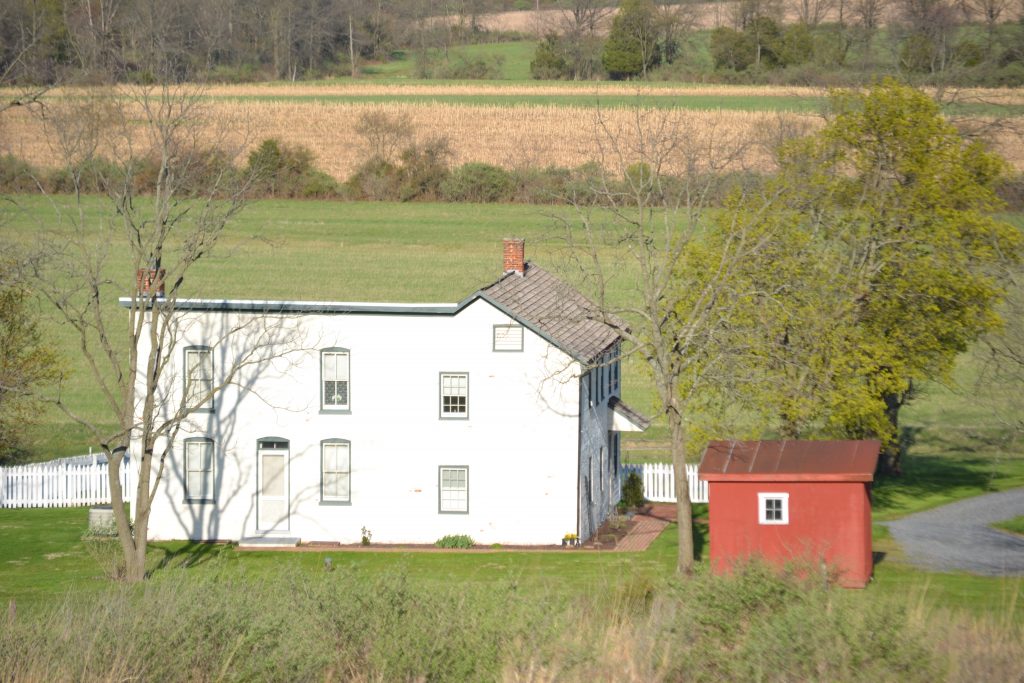
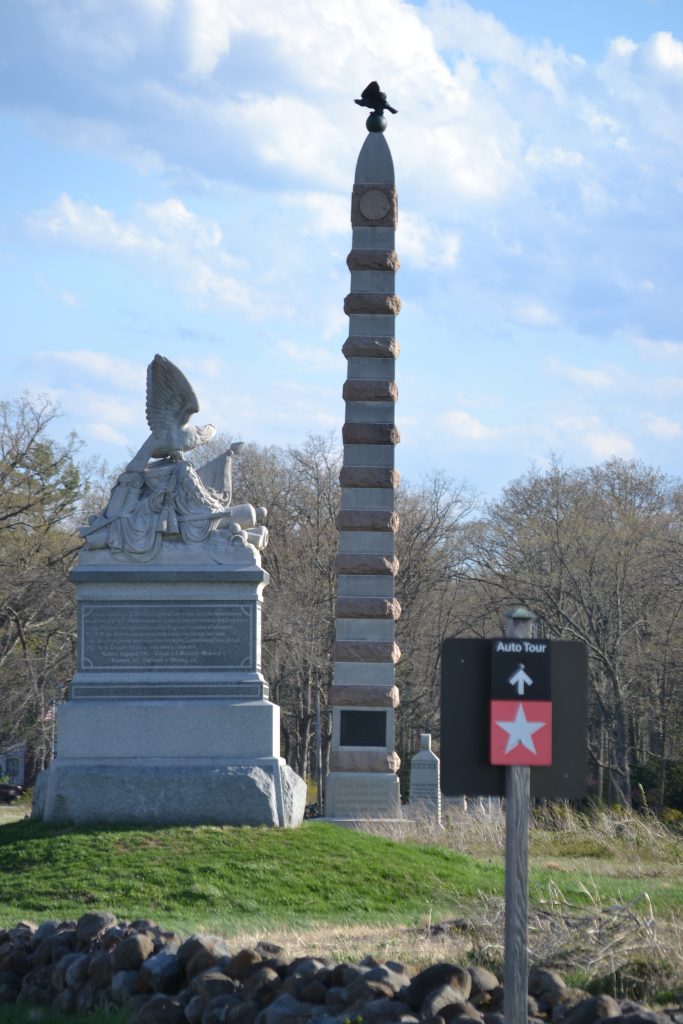
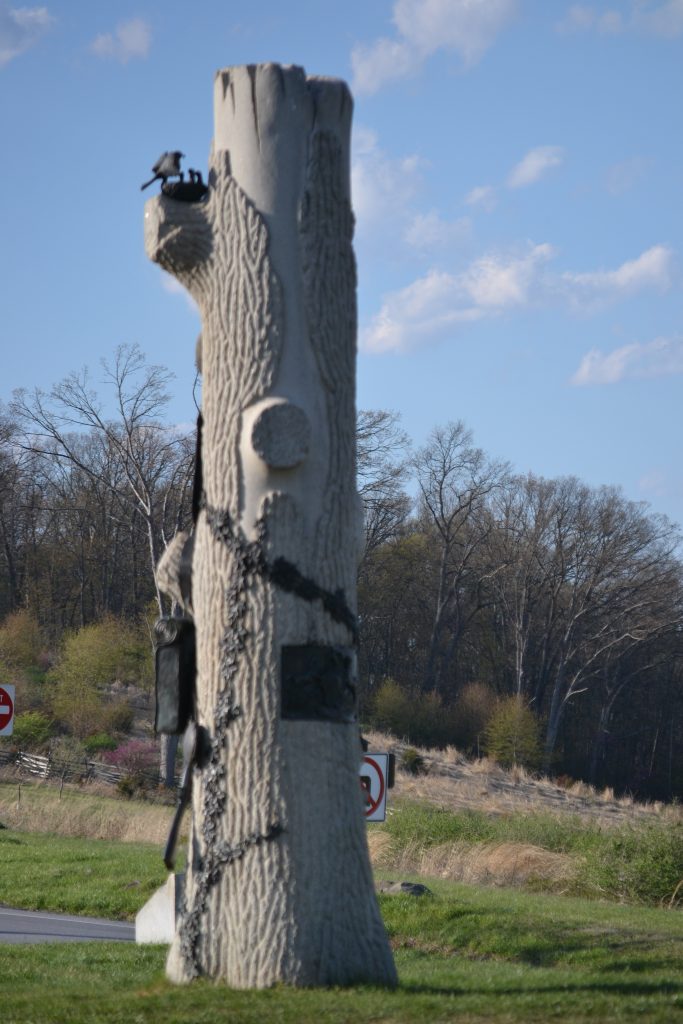
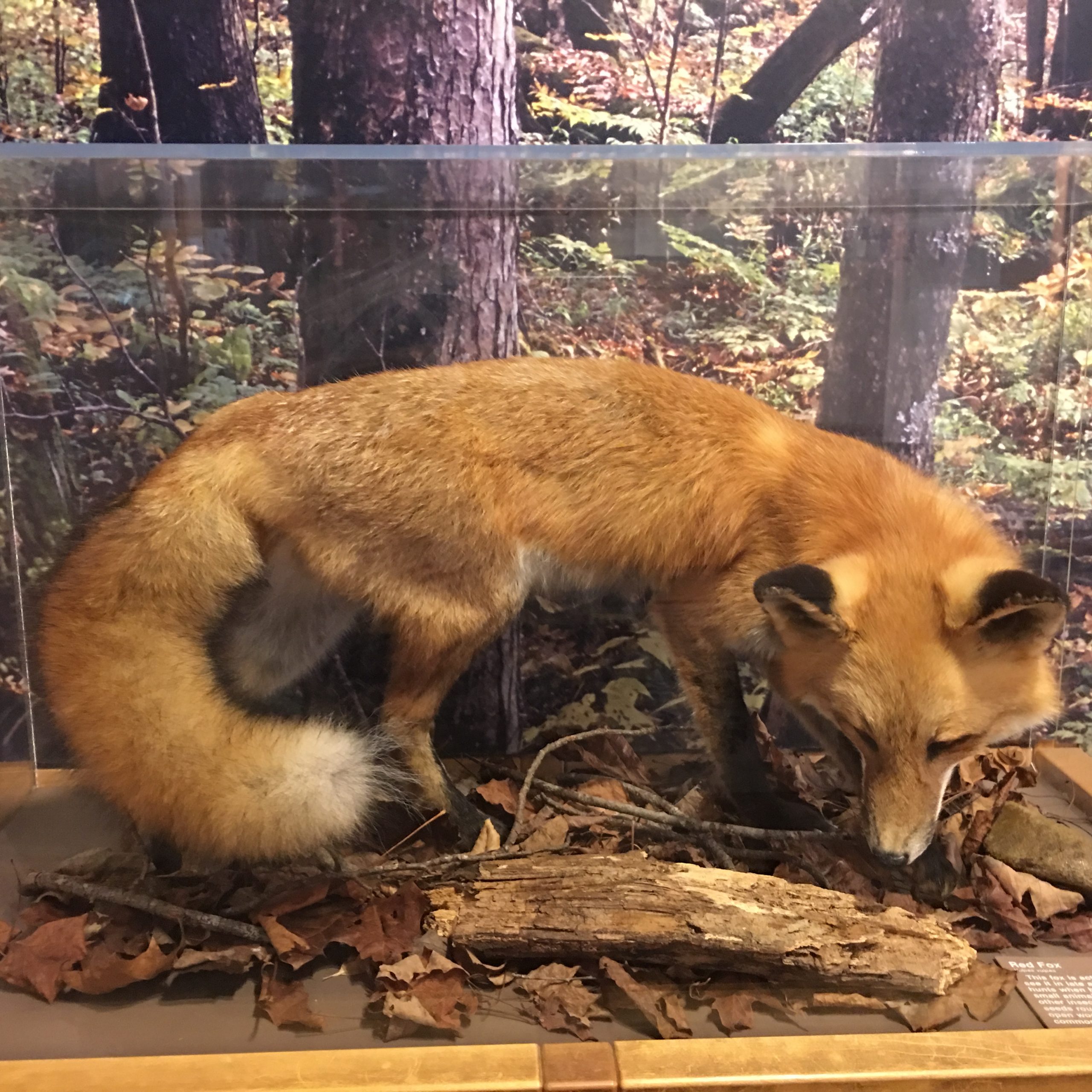
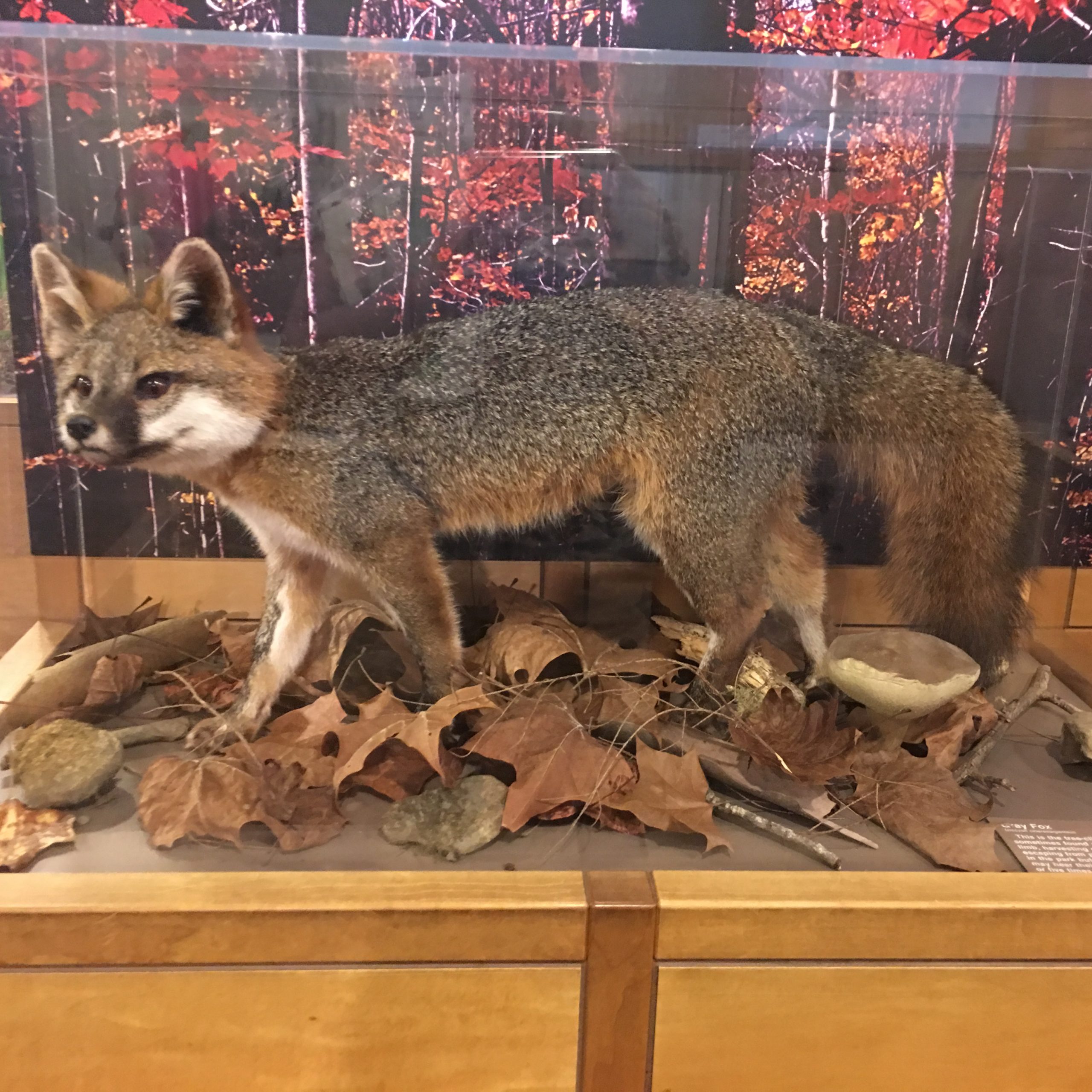
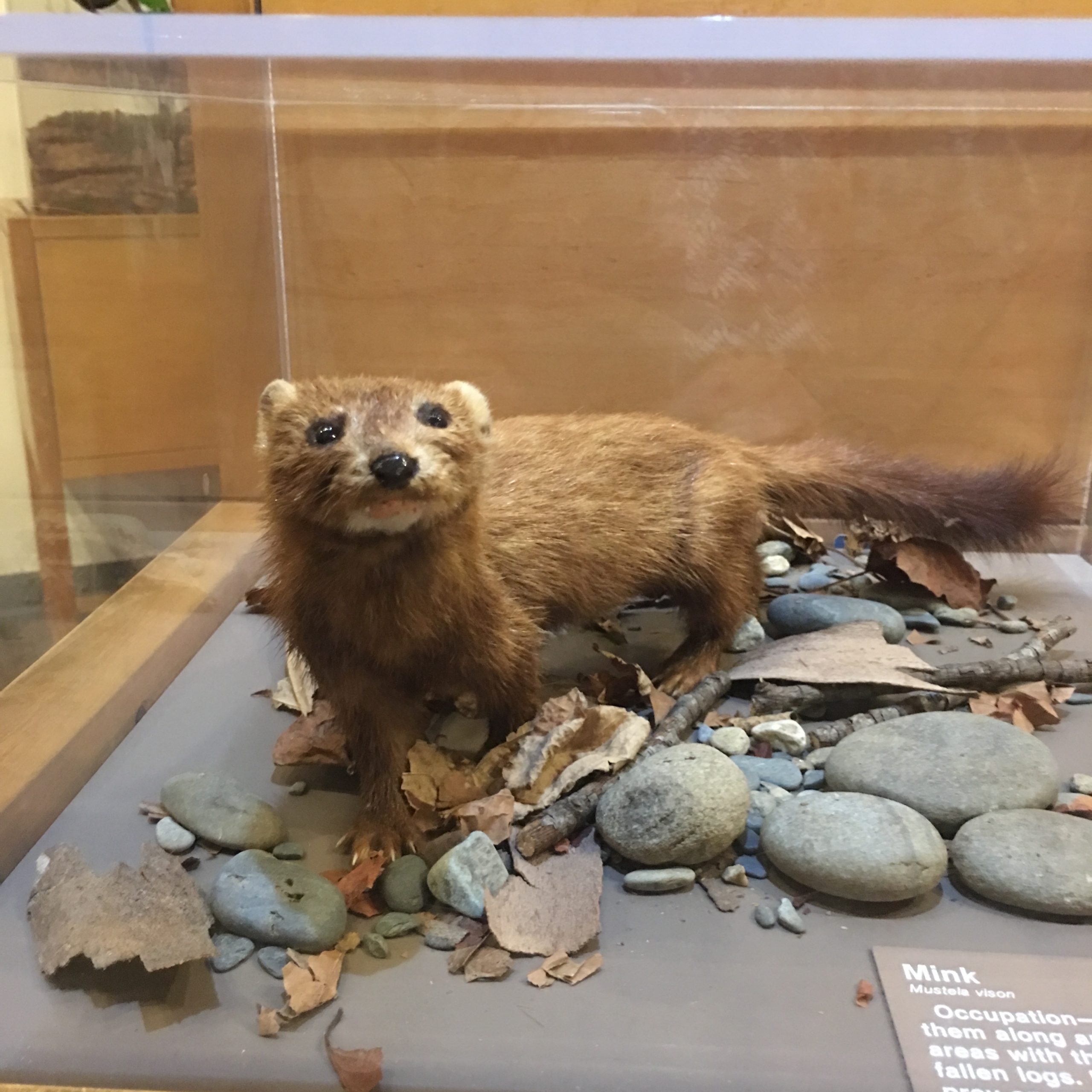
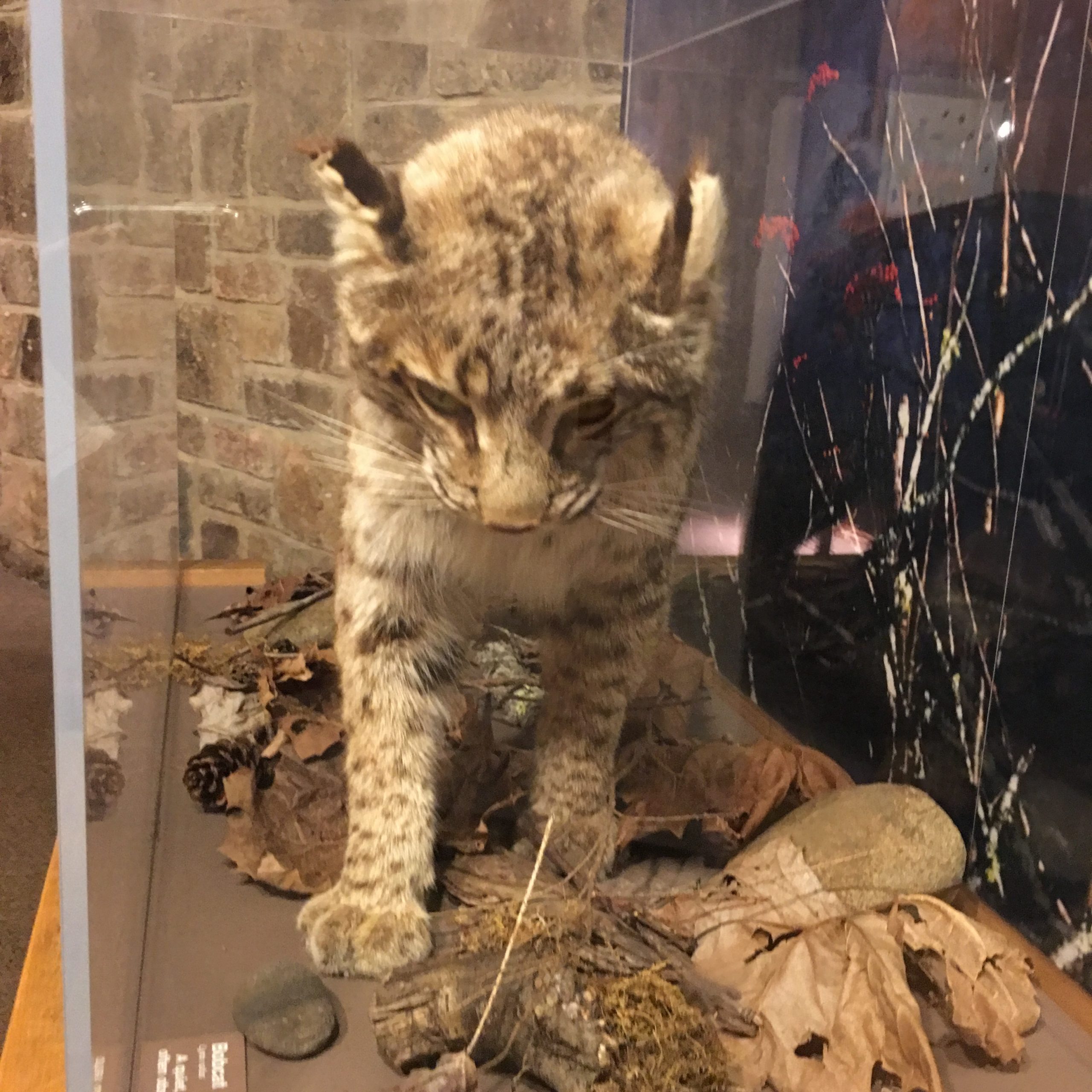 Bobcats are a rare sight throughout the Smokey Mountains as they are nocturnal and solitary in nature. Covered in spots, they have stubby tails and short ears and they only grow as long as three feet. The females give birth to up to six kittens during the winter.
Bobcats are a rare sight throughout the Smokey Mountains as they are nocturnal and solitary in nature. Covered in spots, they have stubby tails and short ears and they only grow as long as three feet. The females give birth to up to six kittens during the winter.